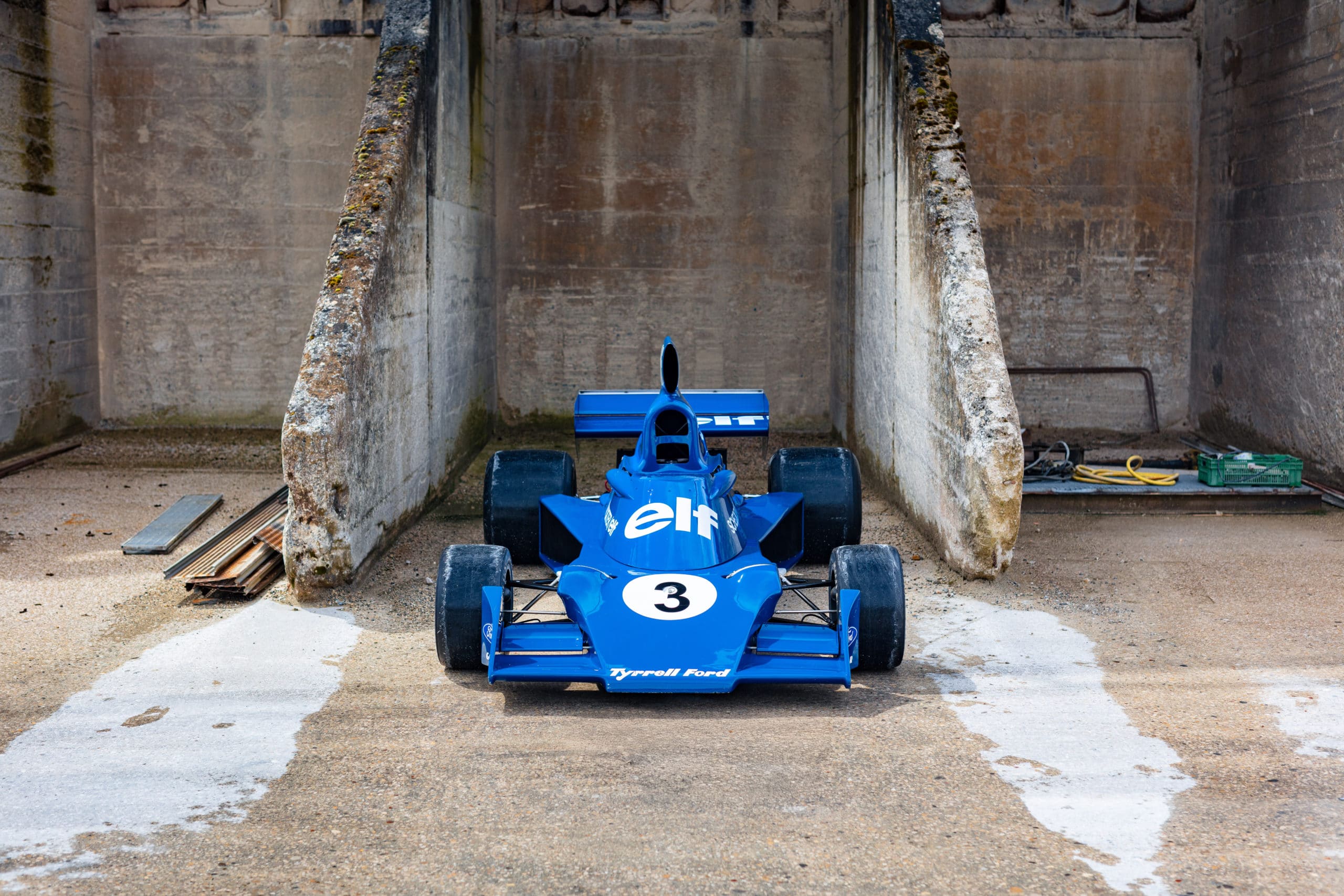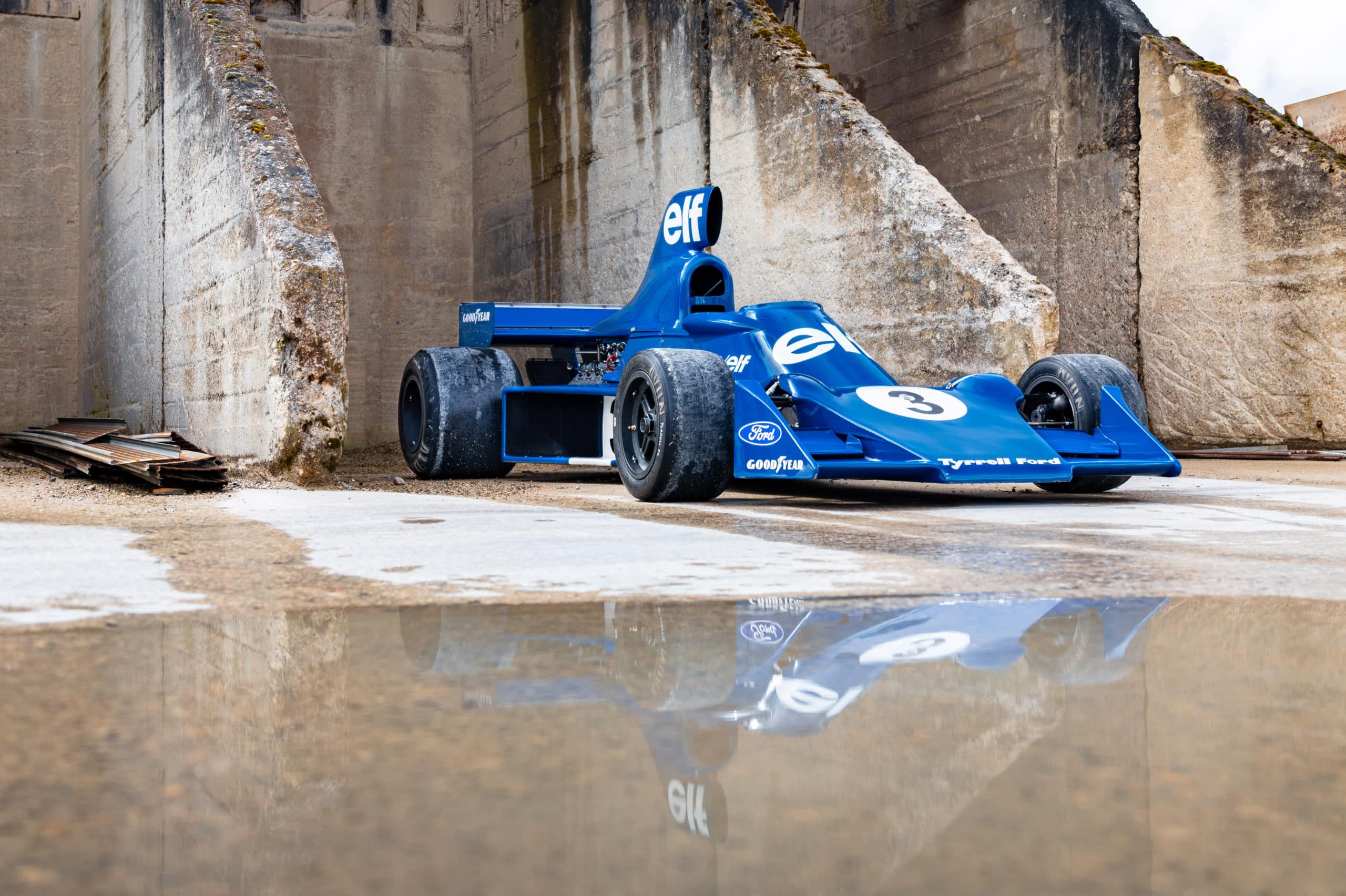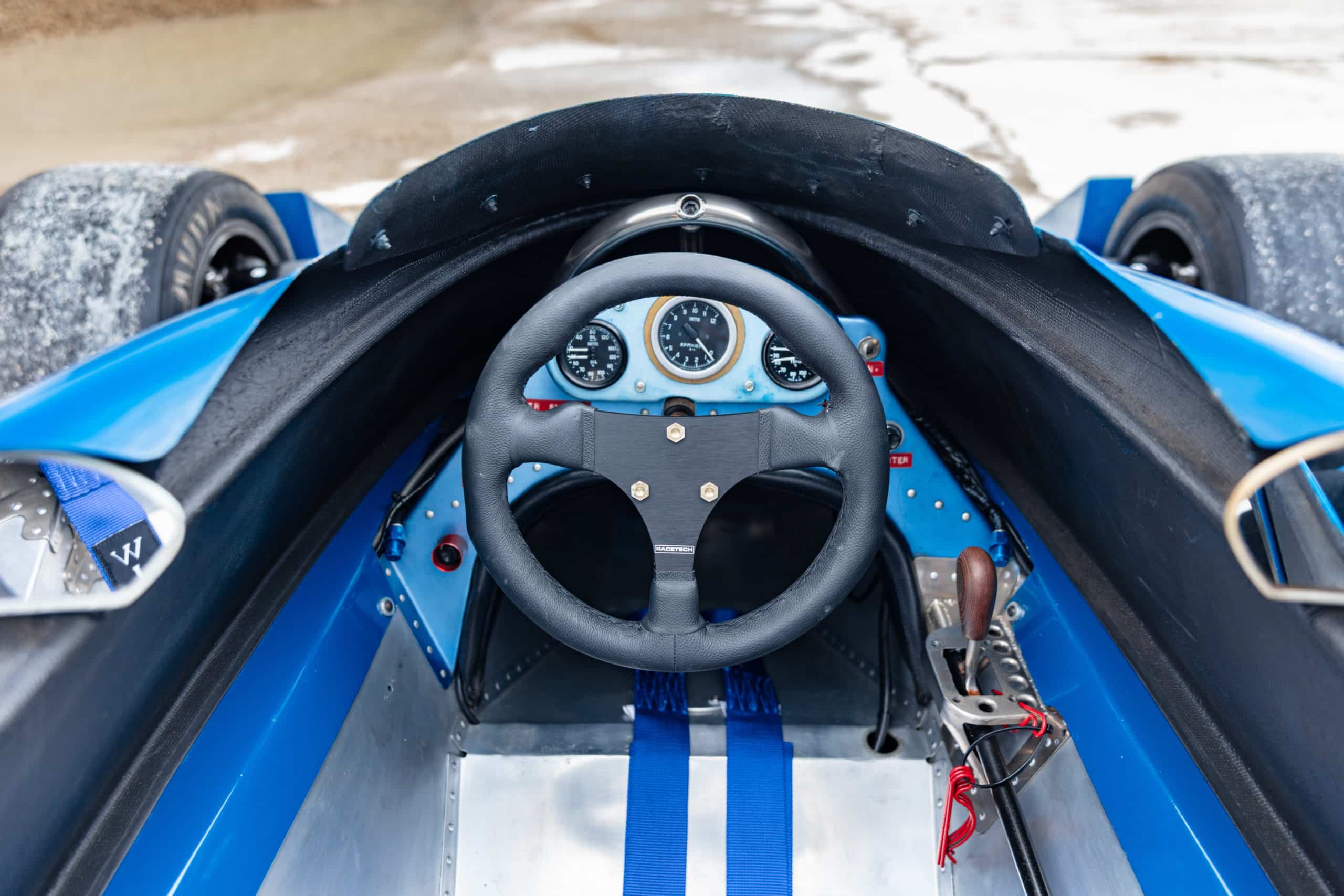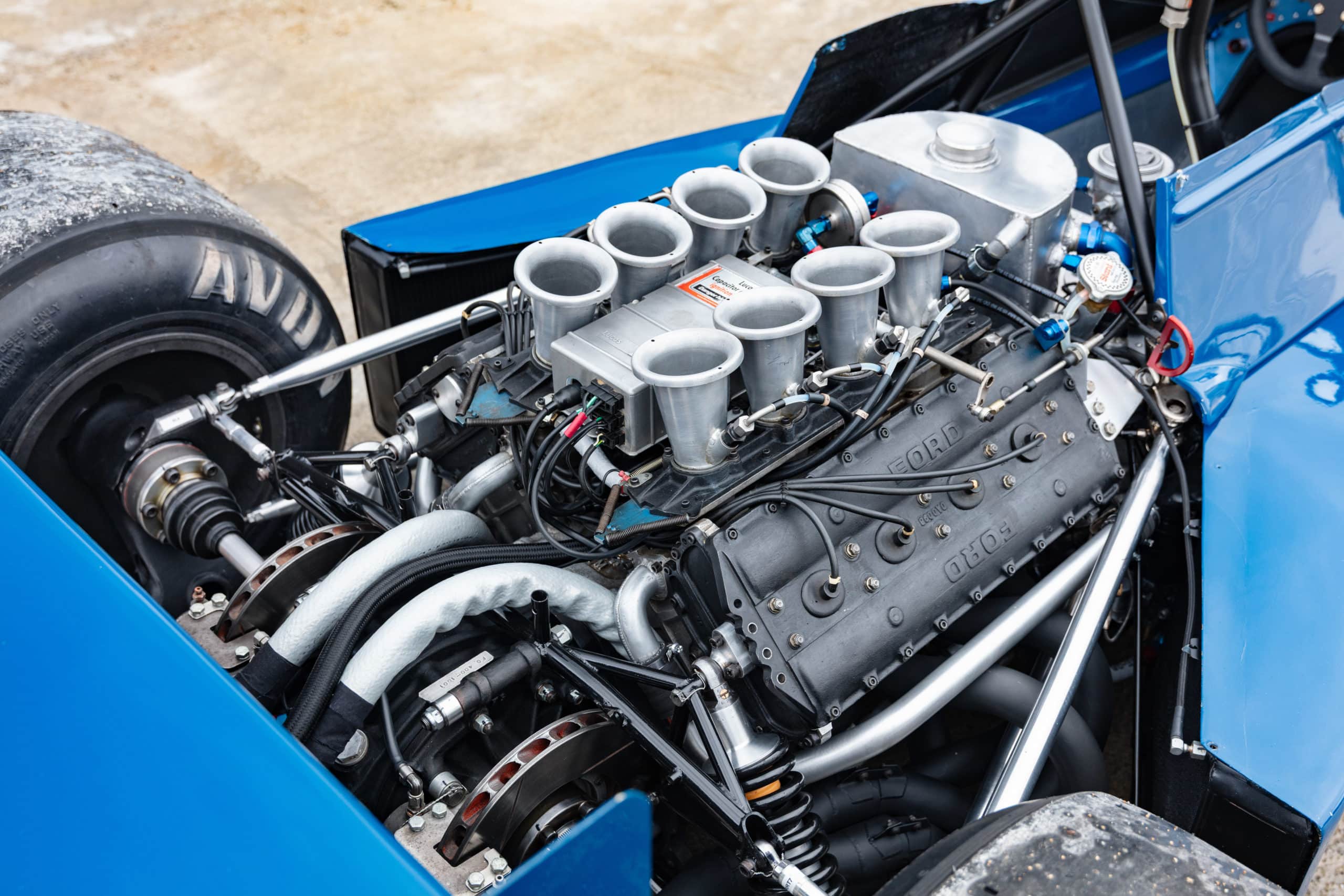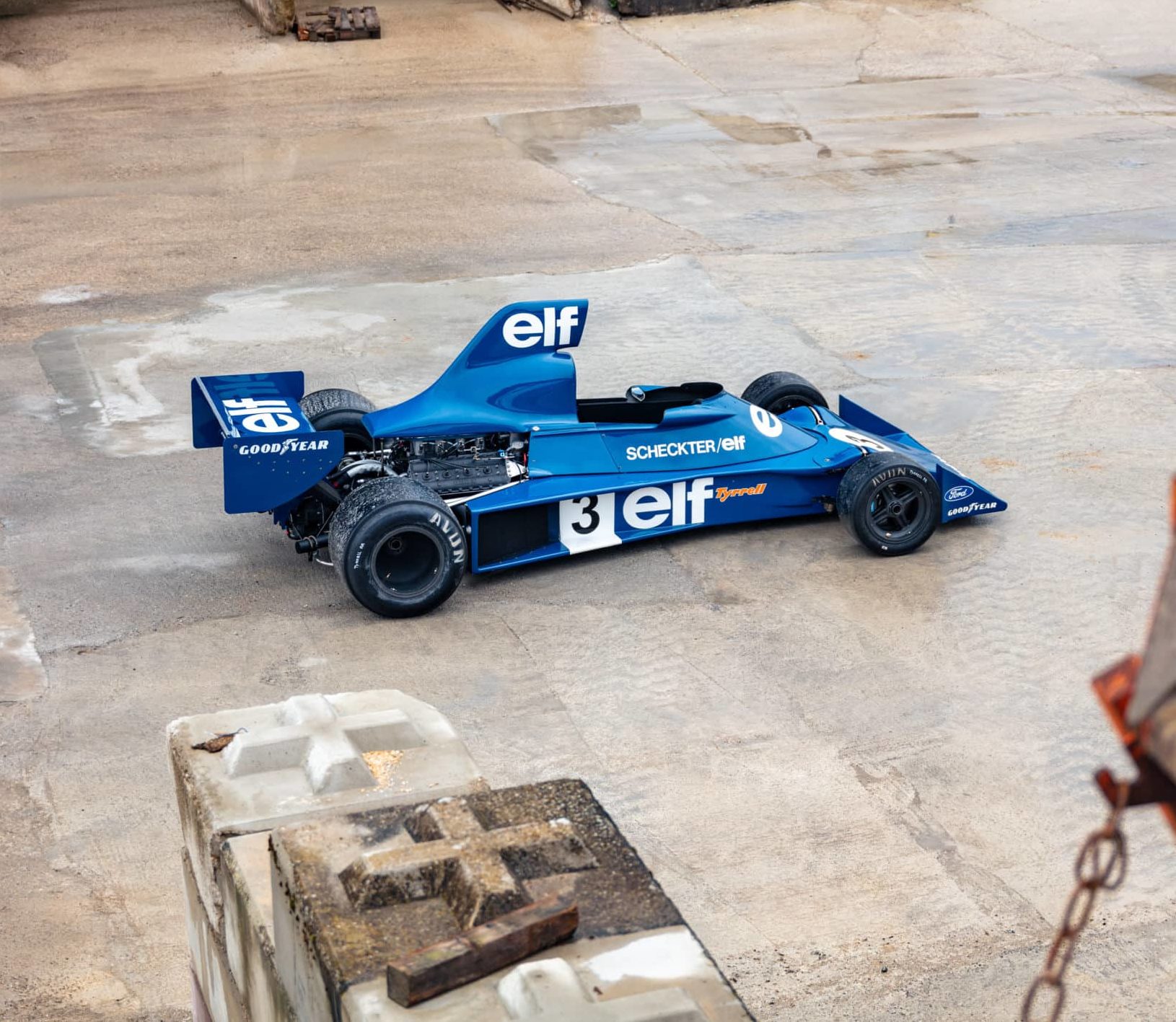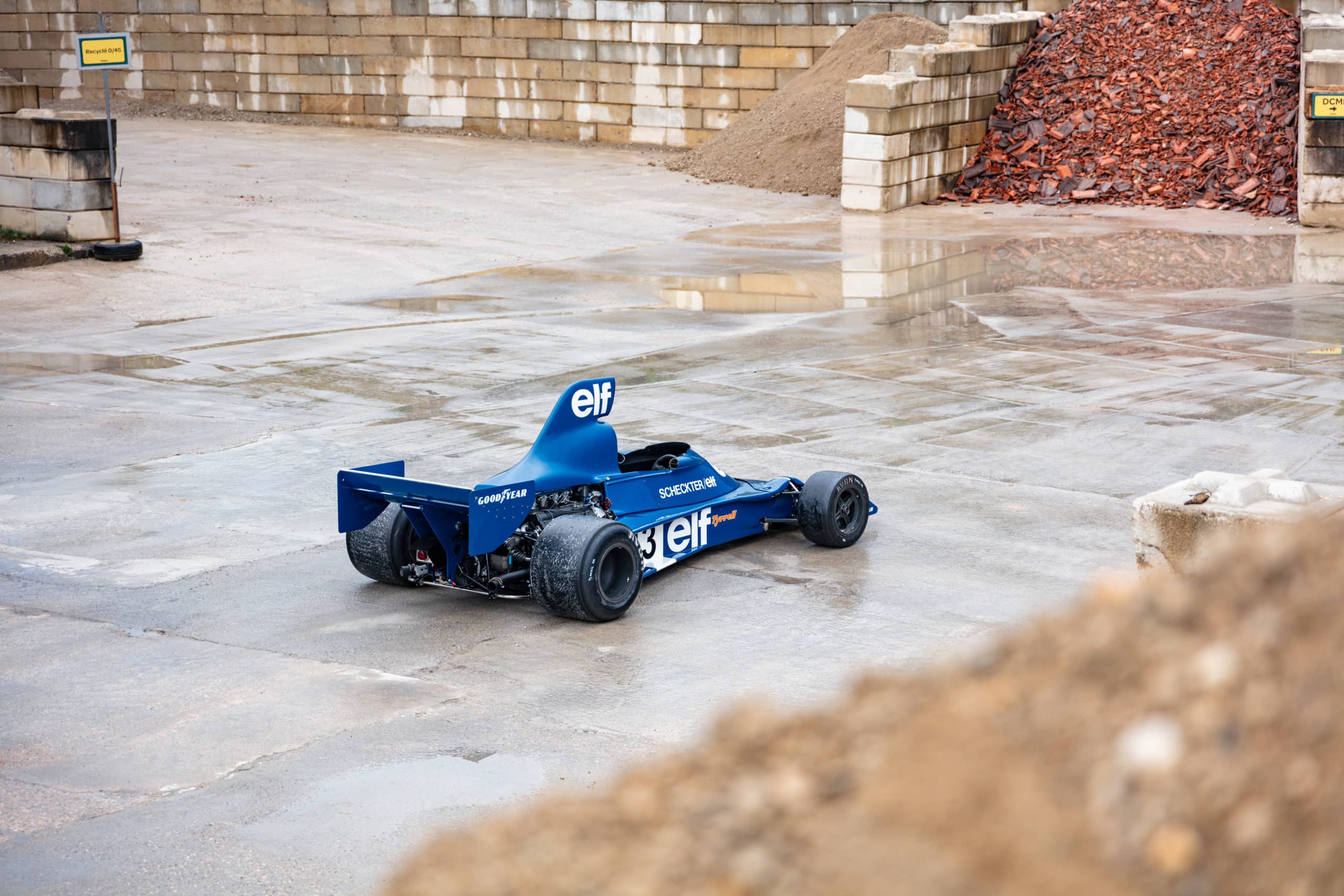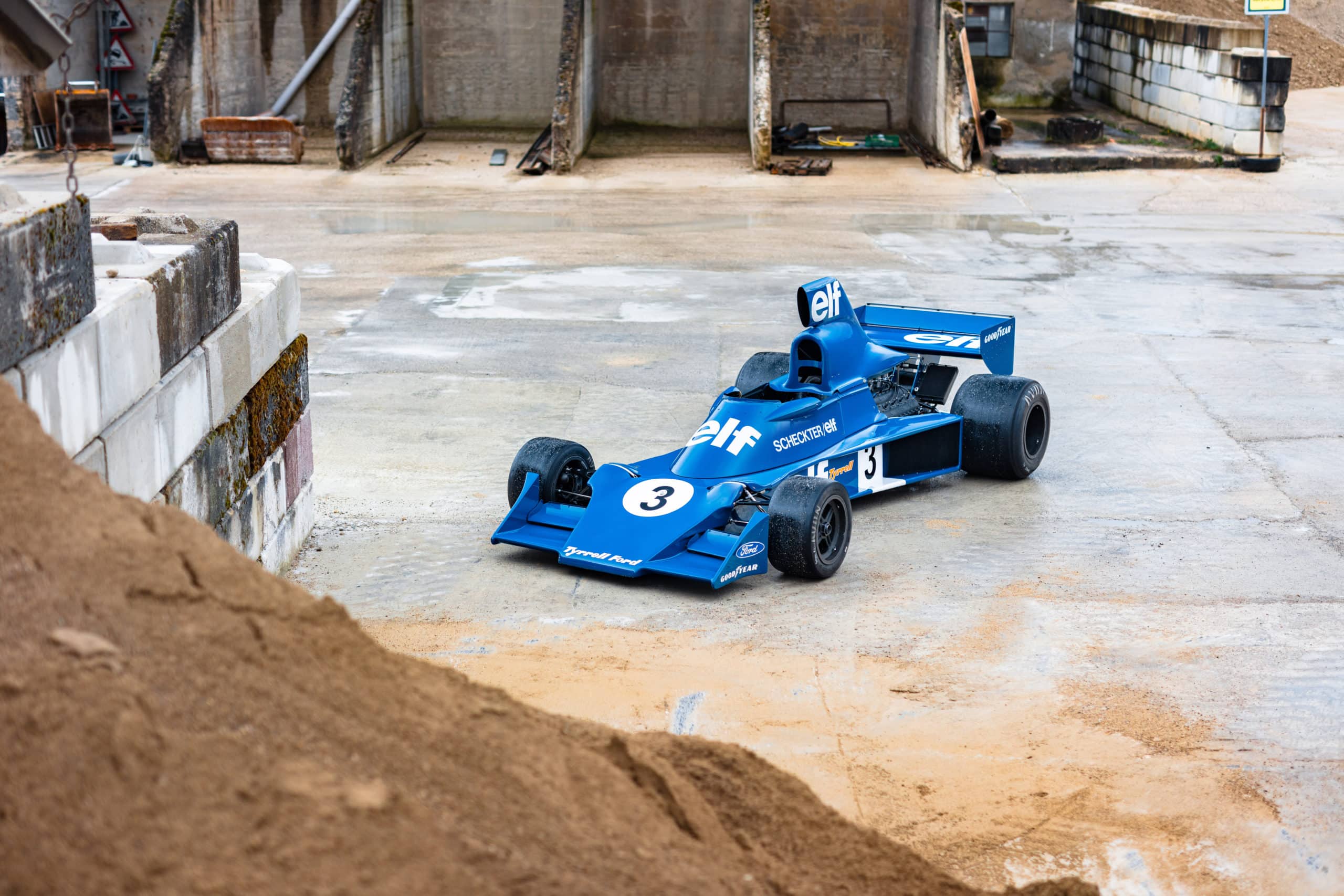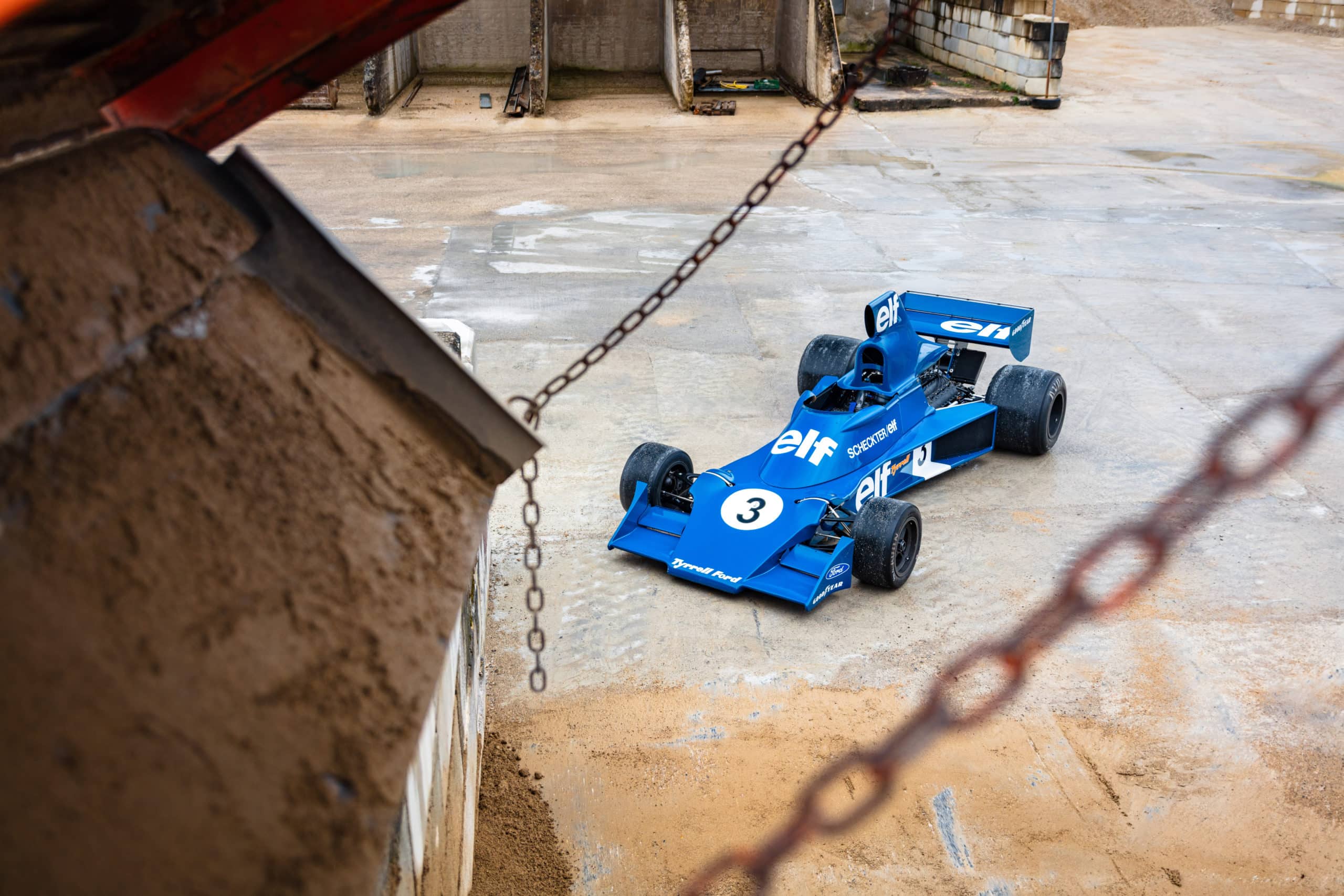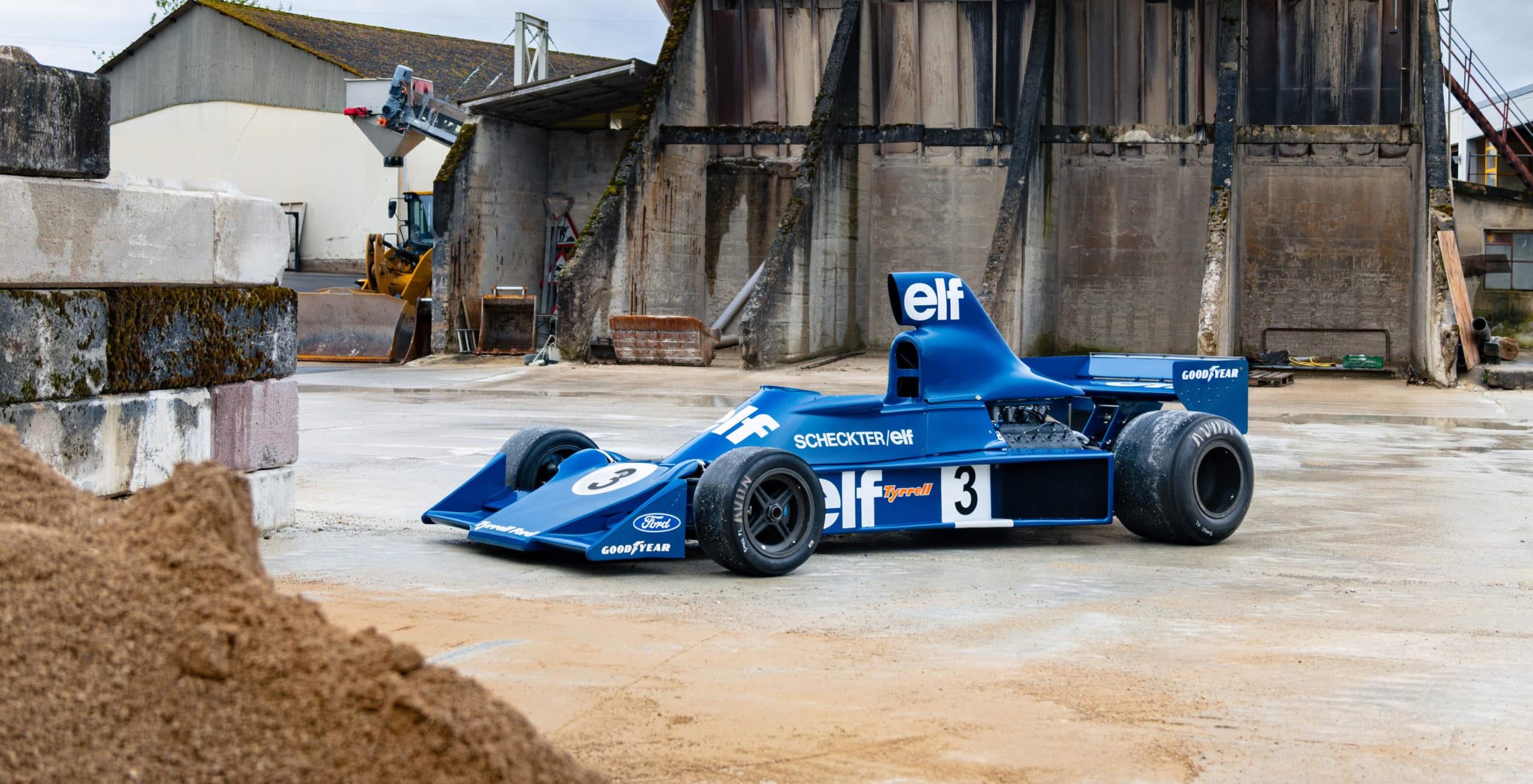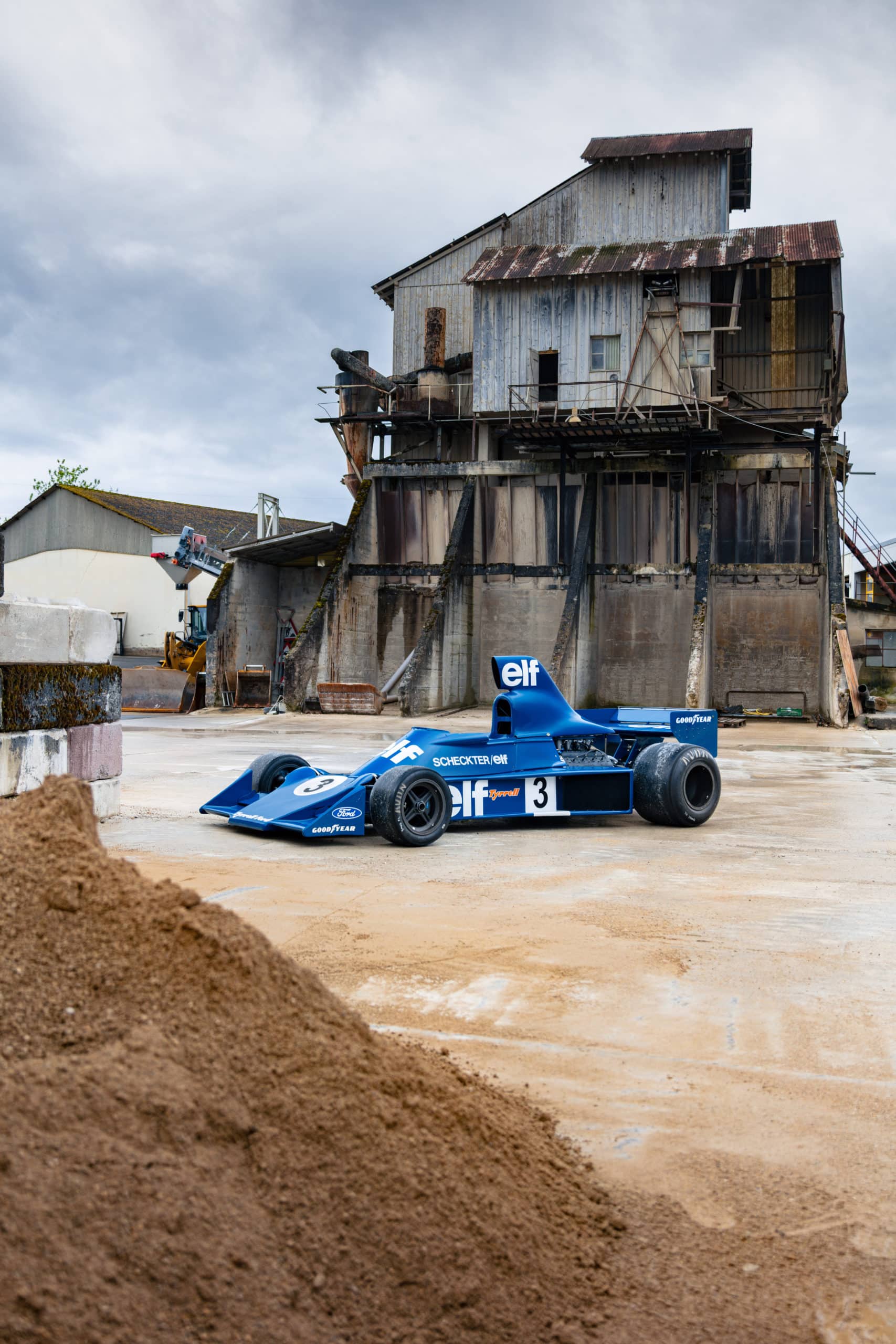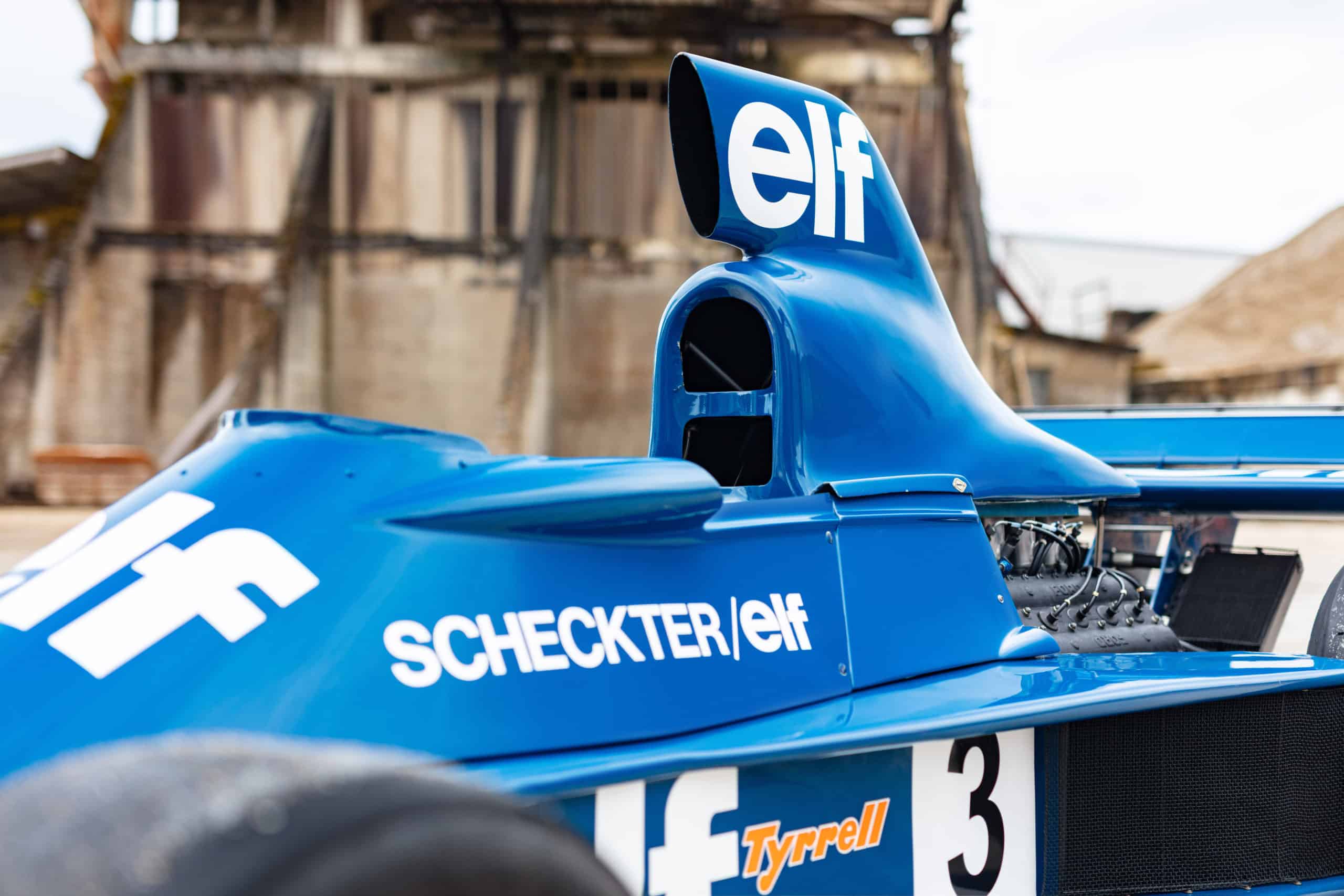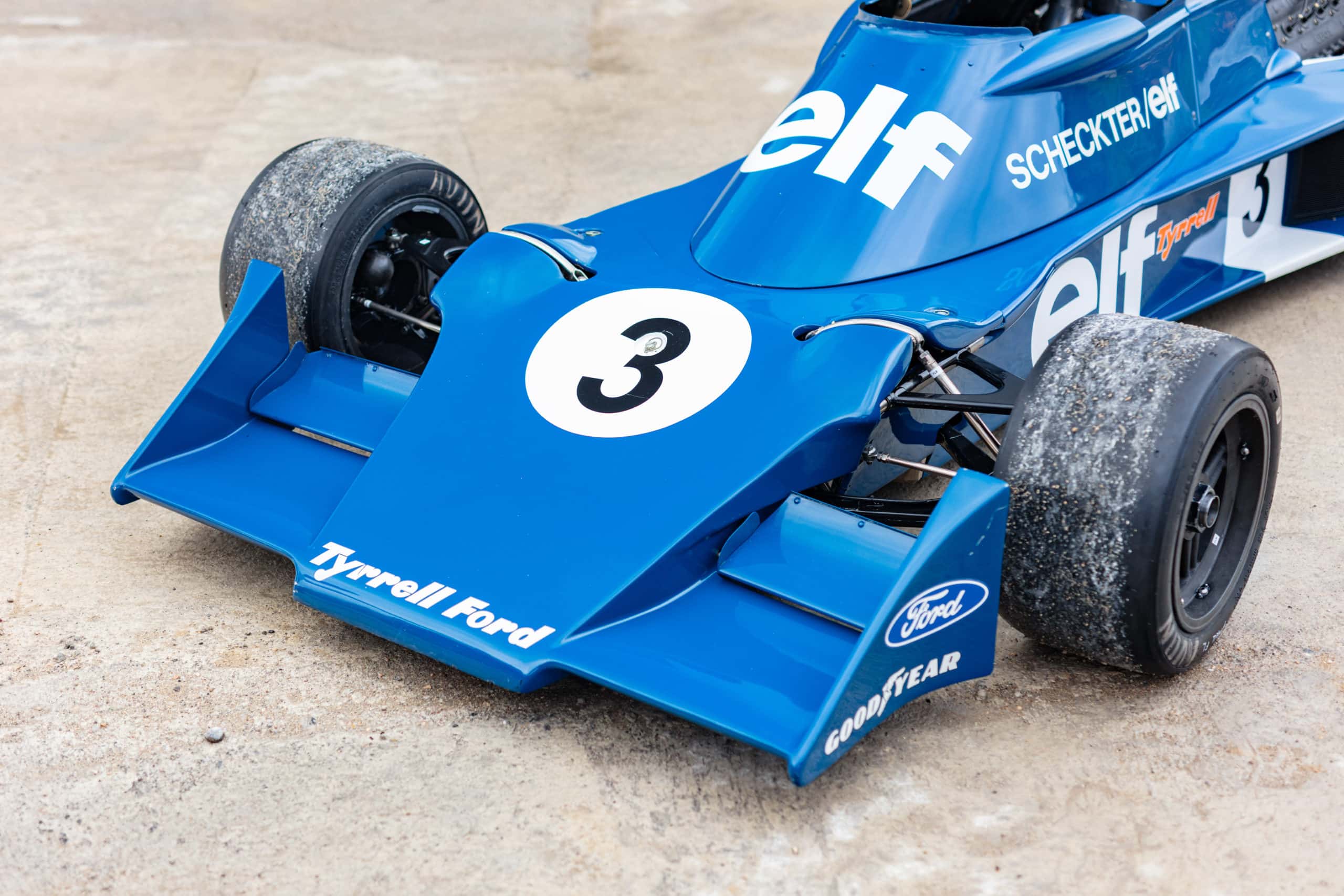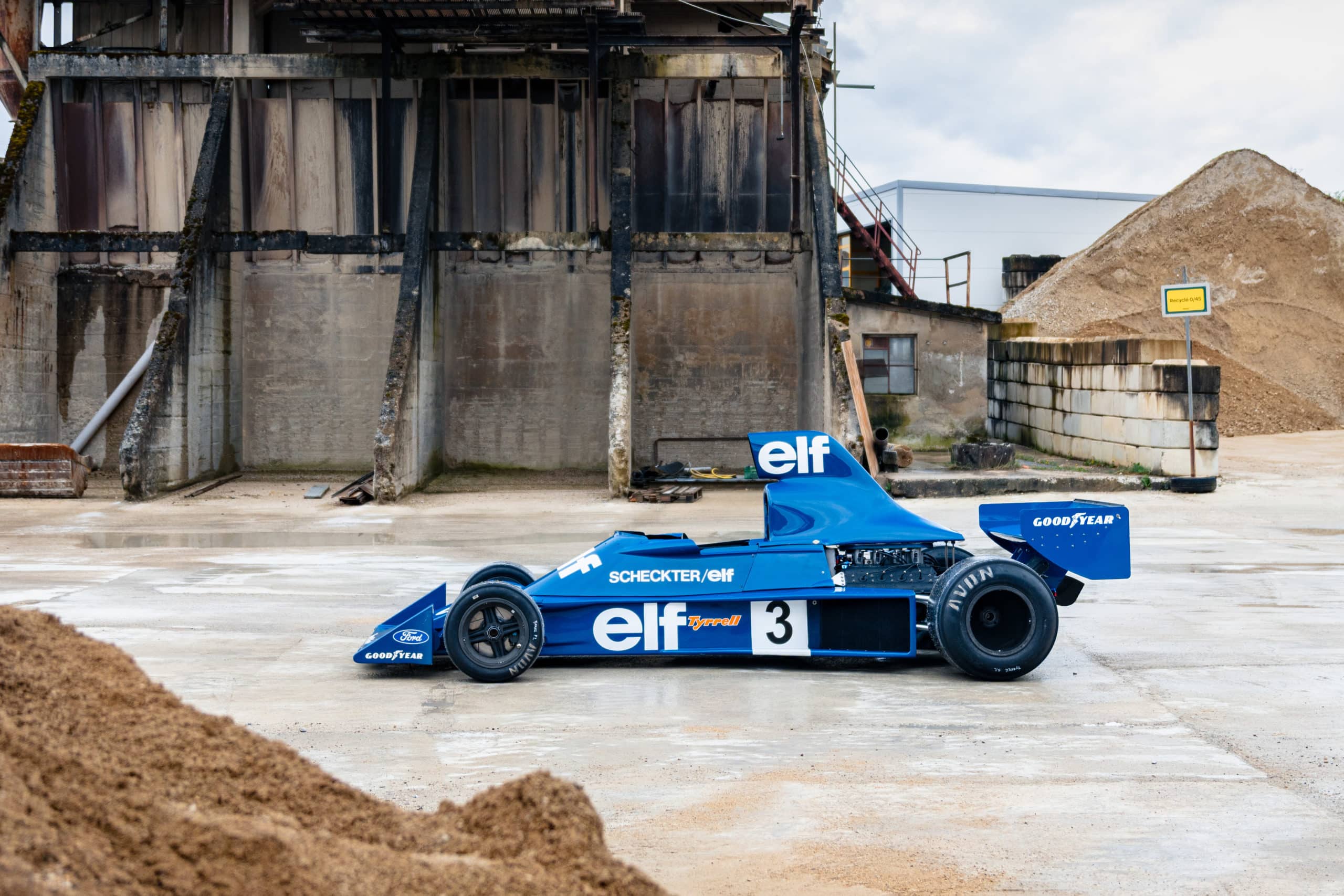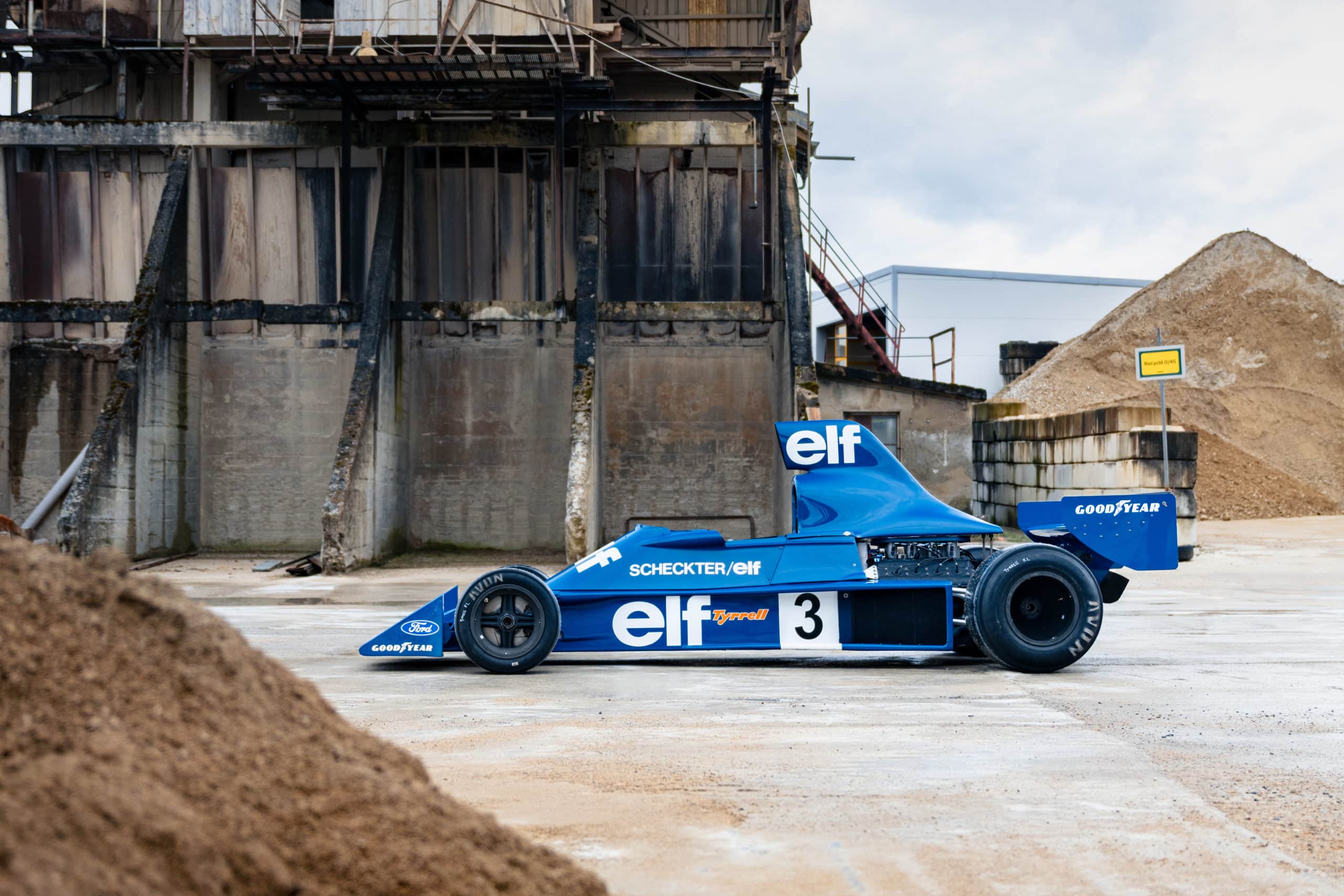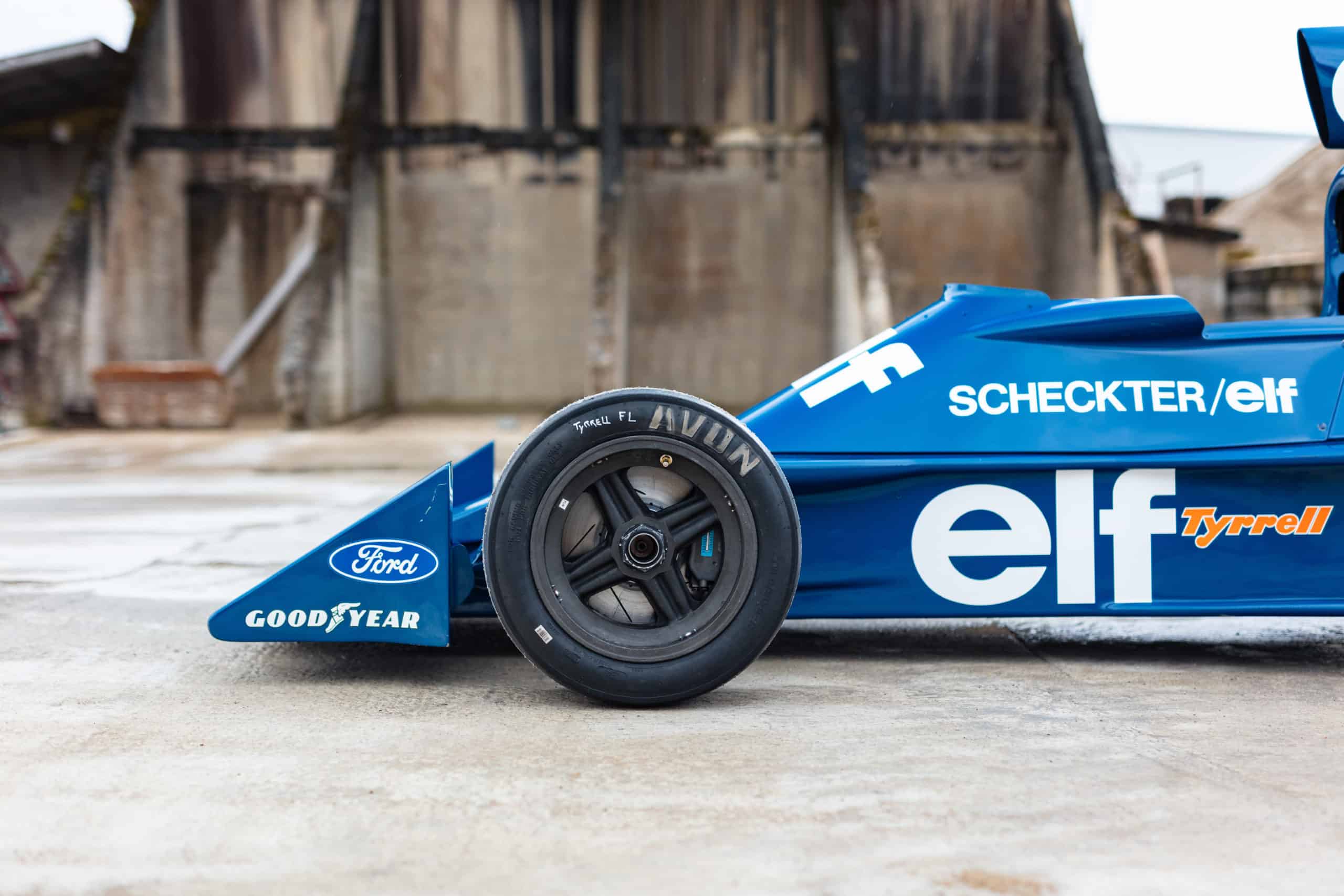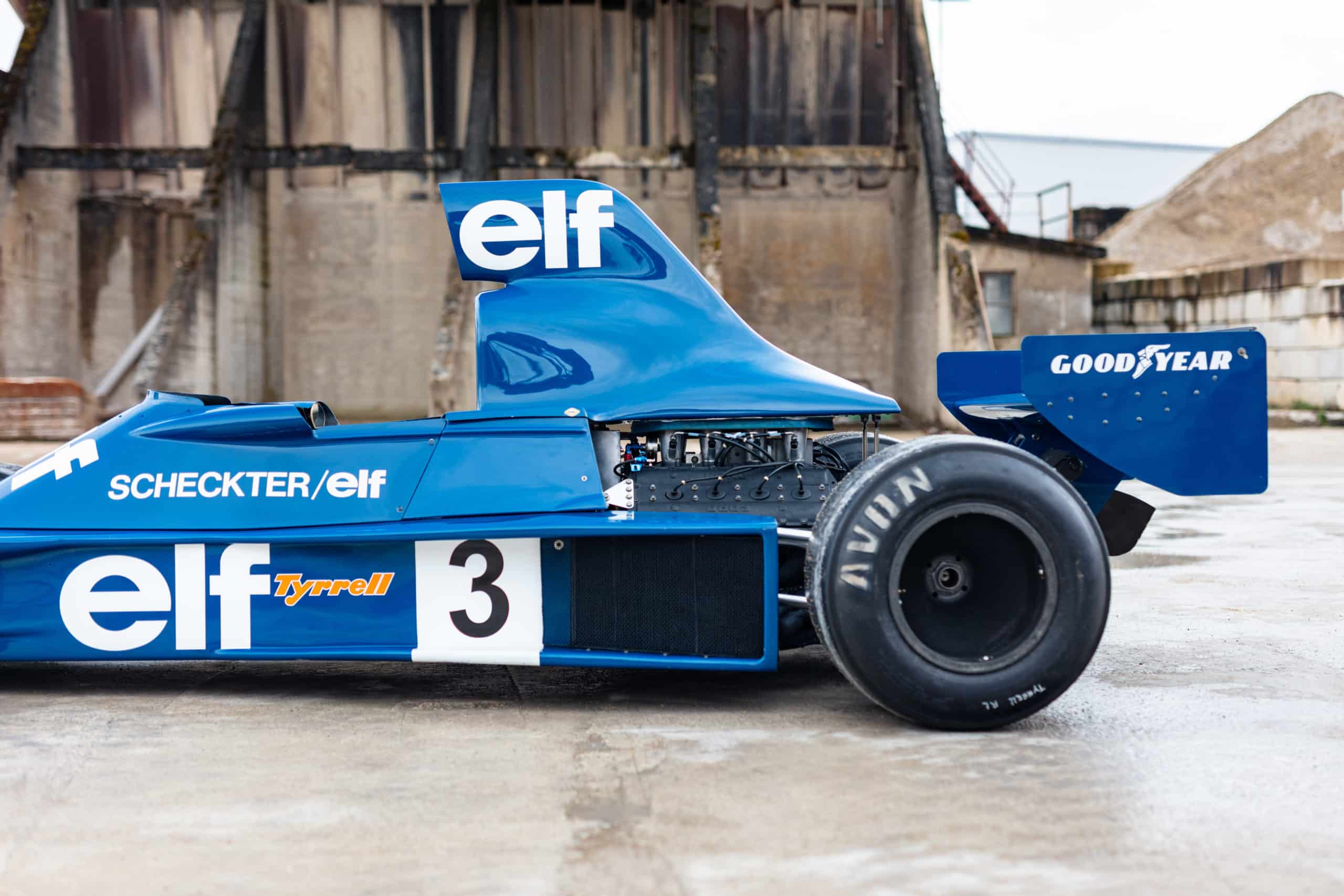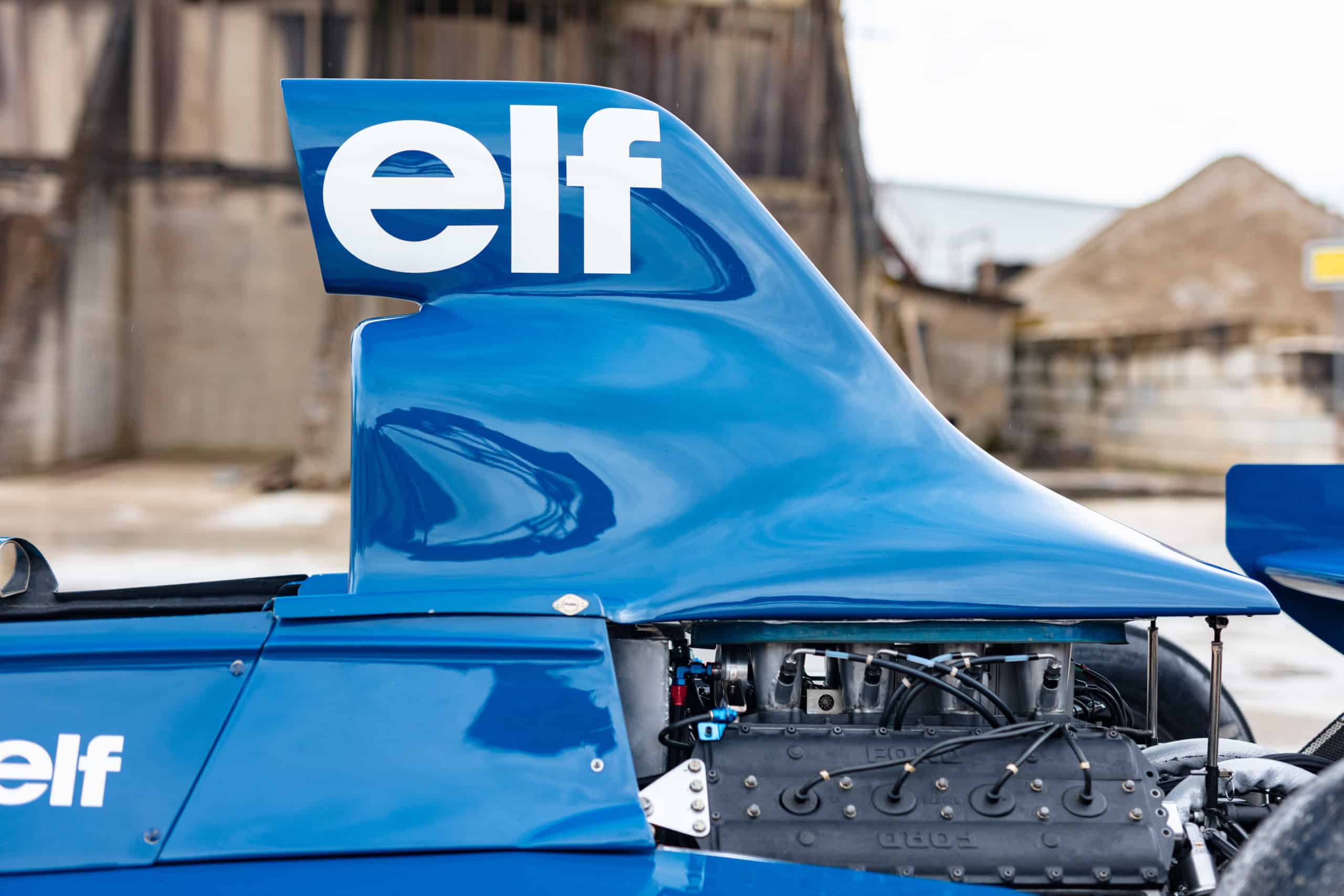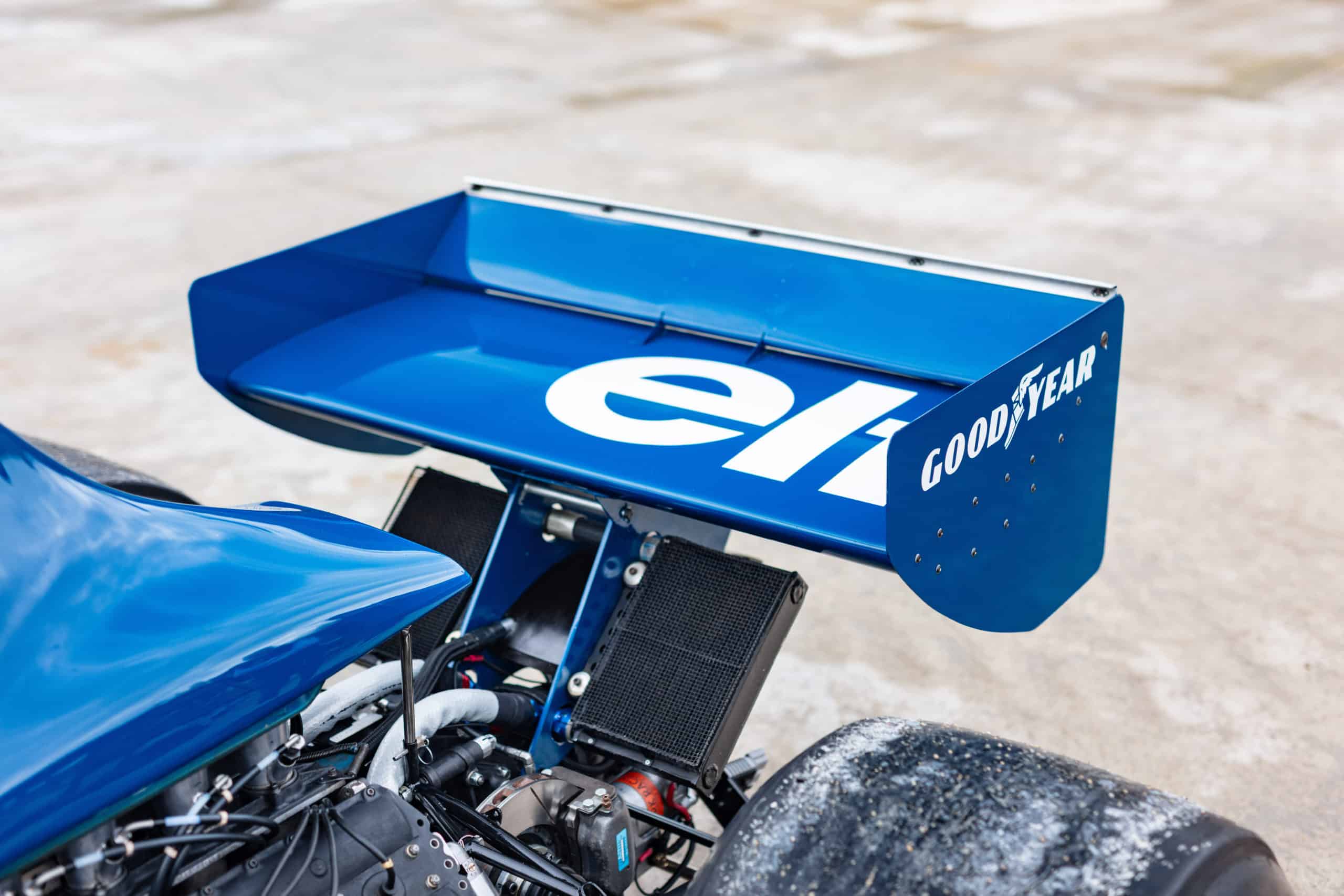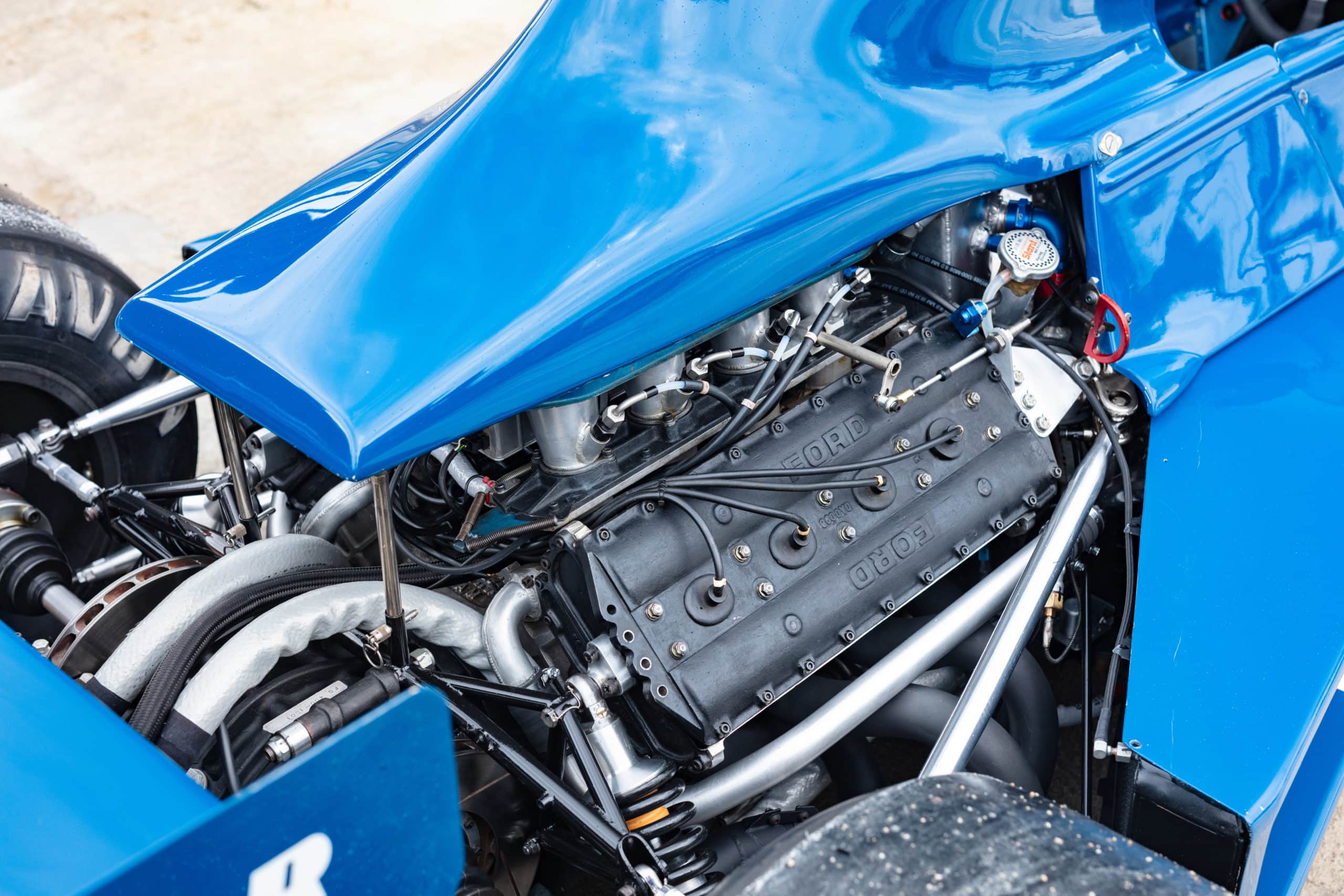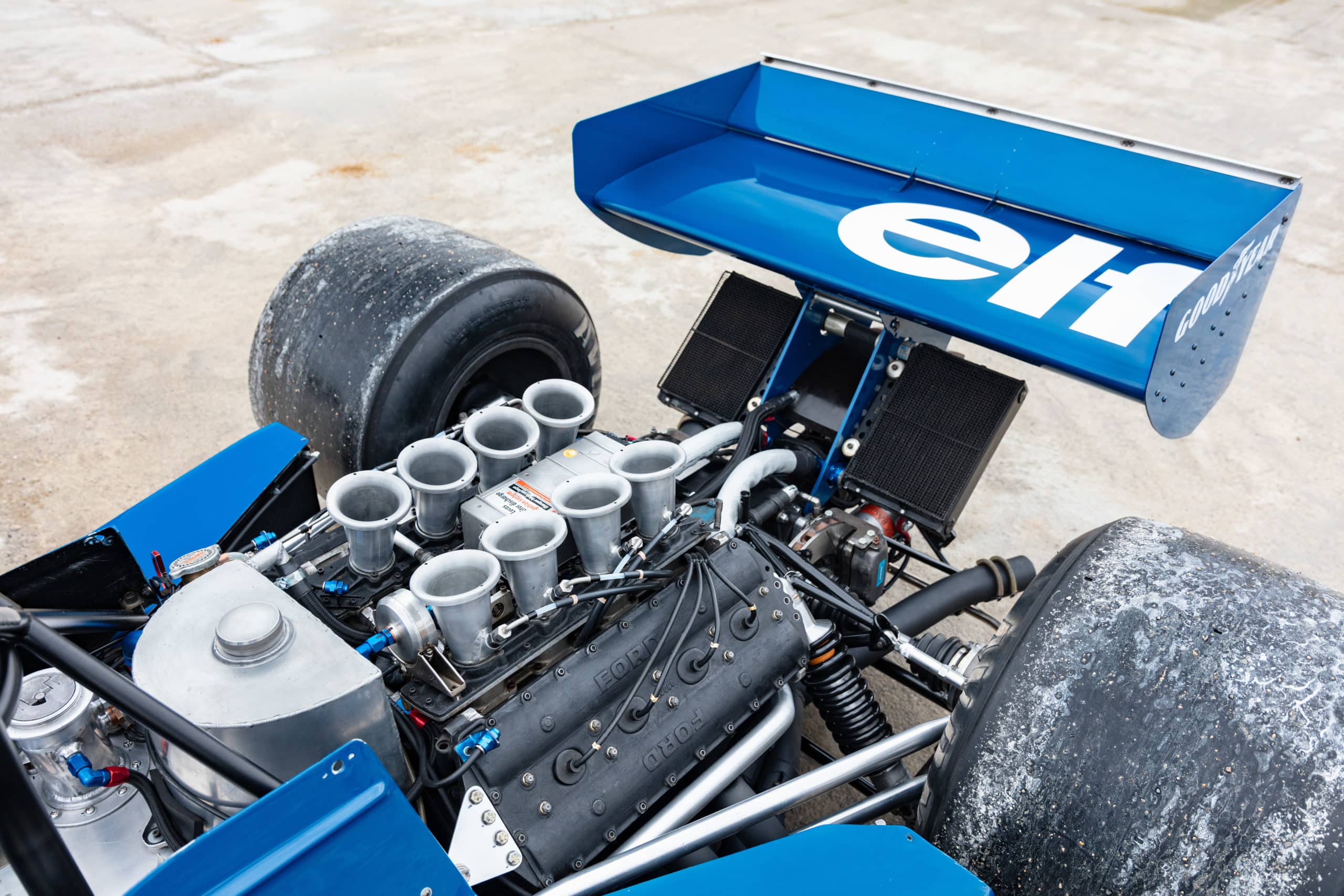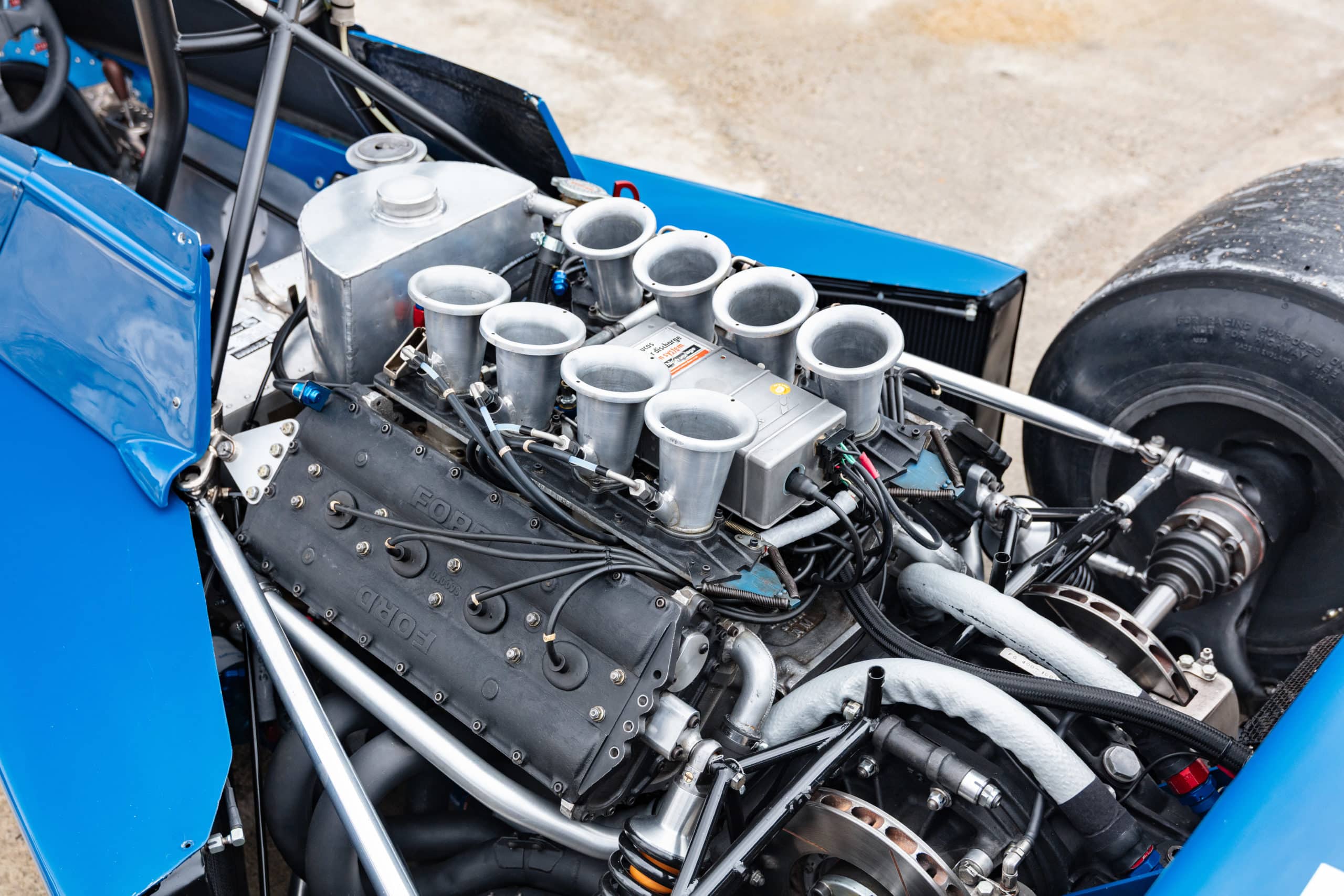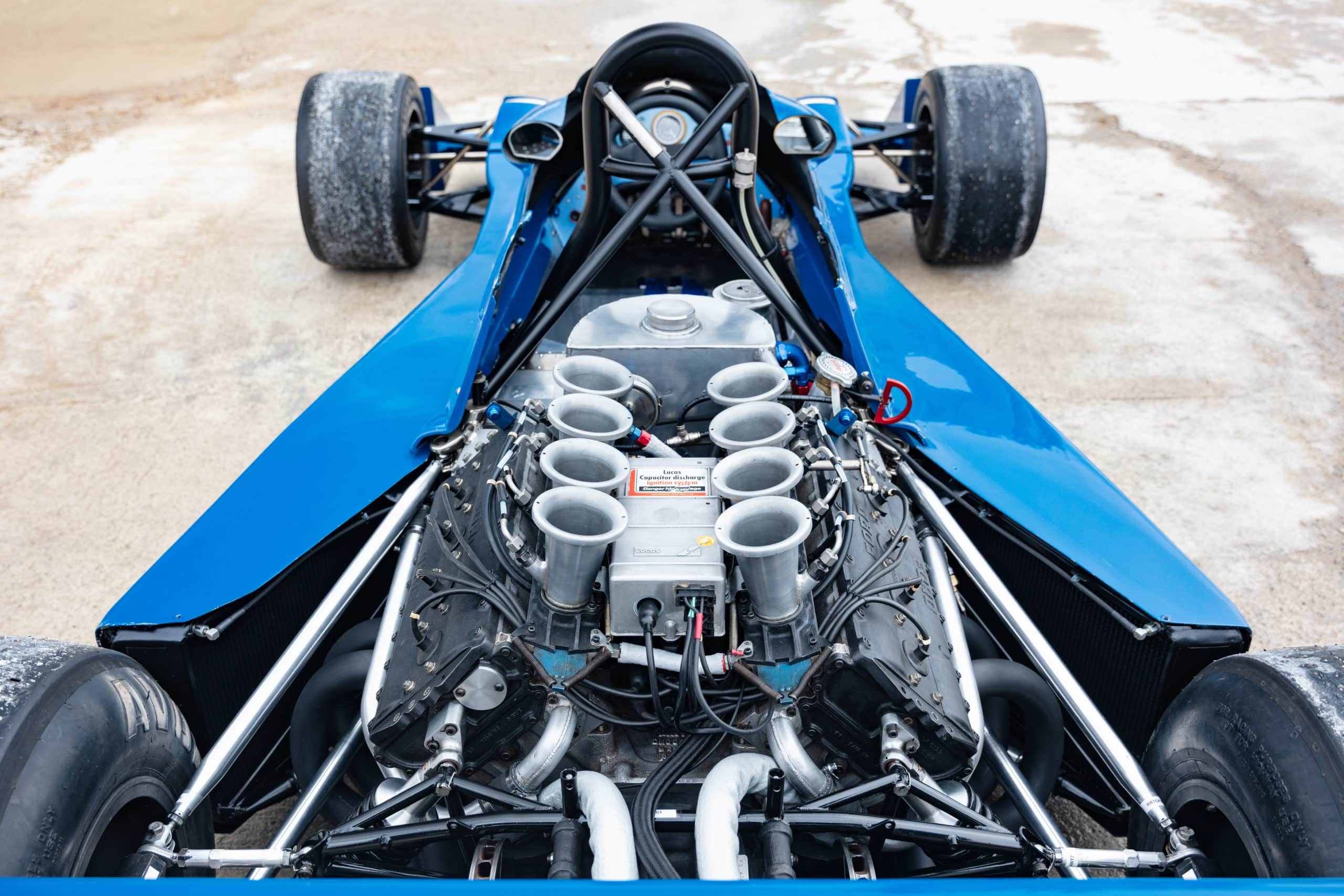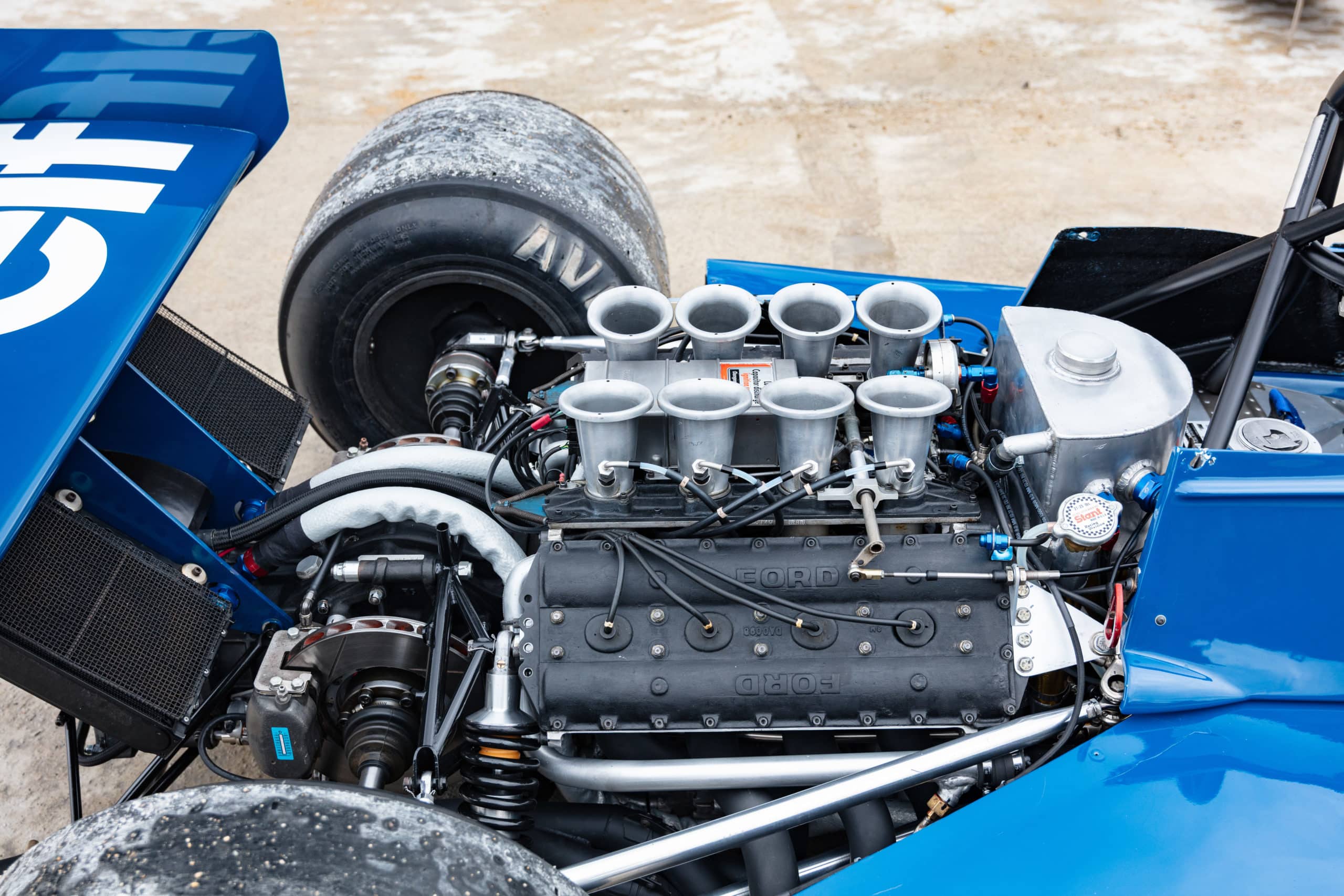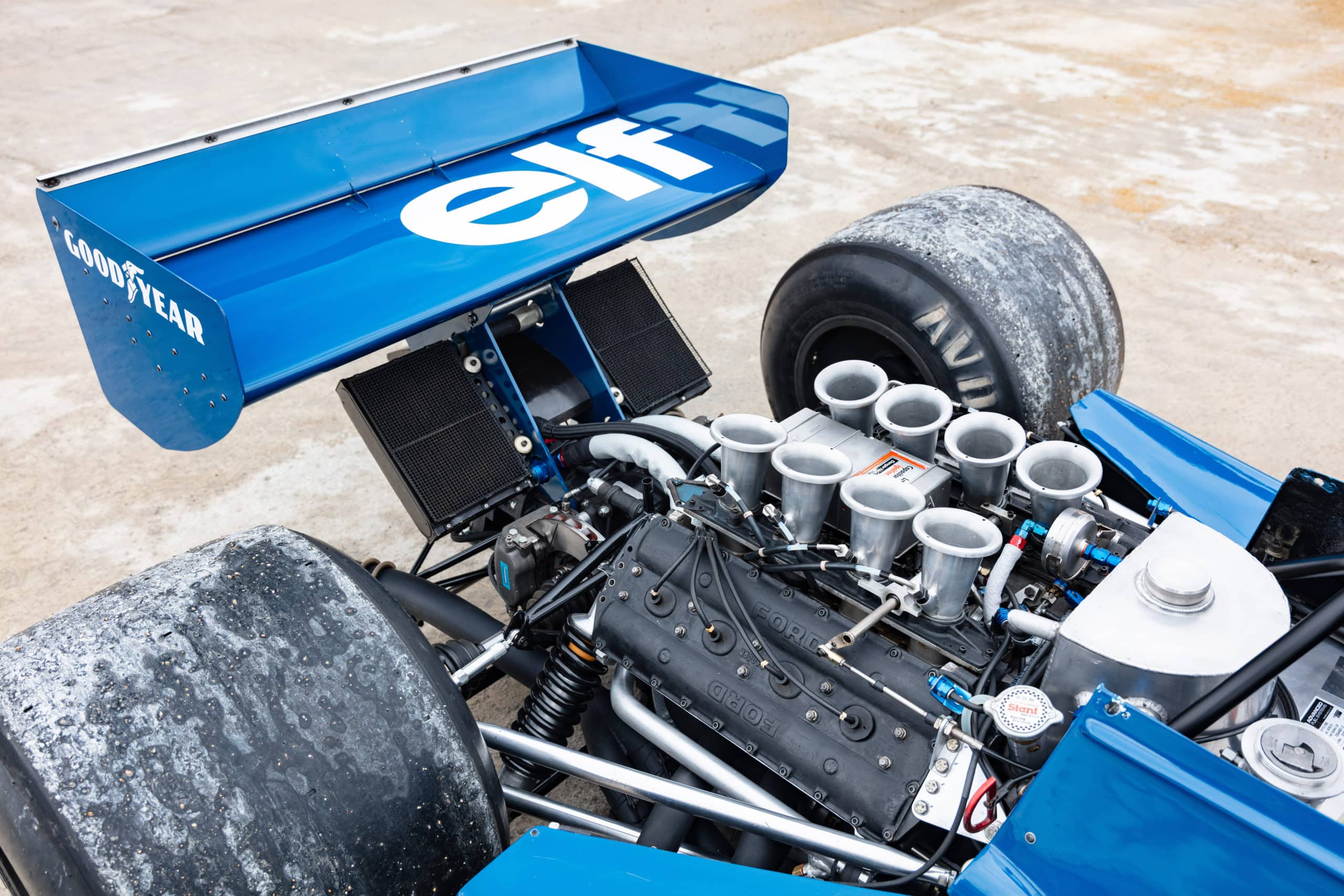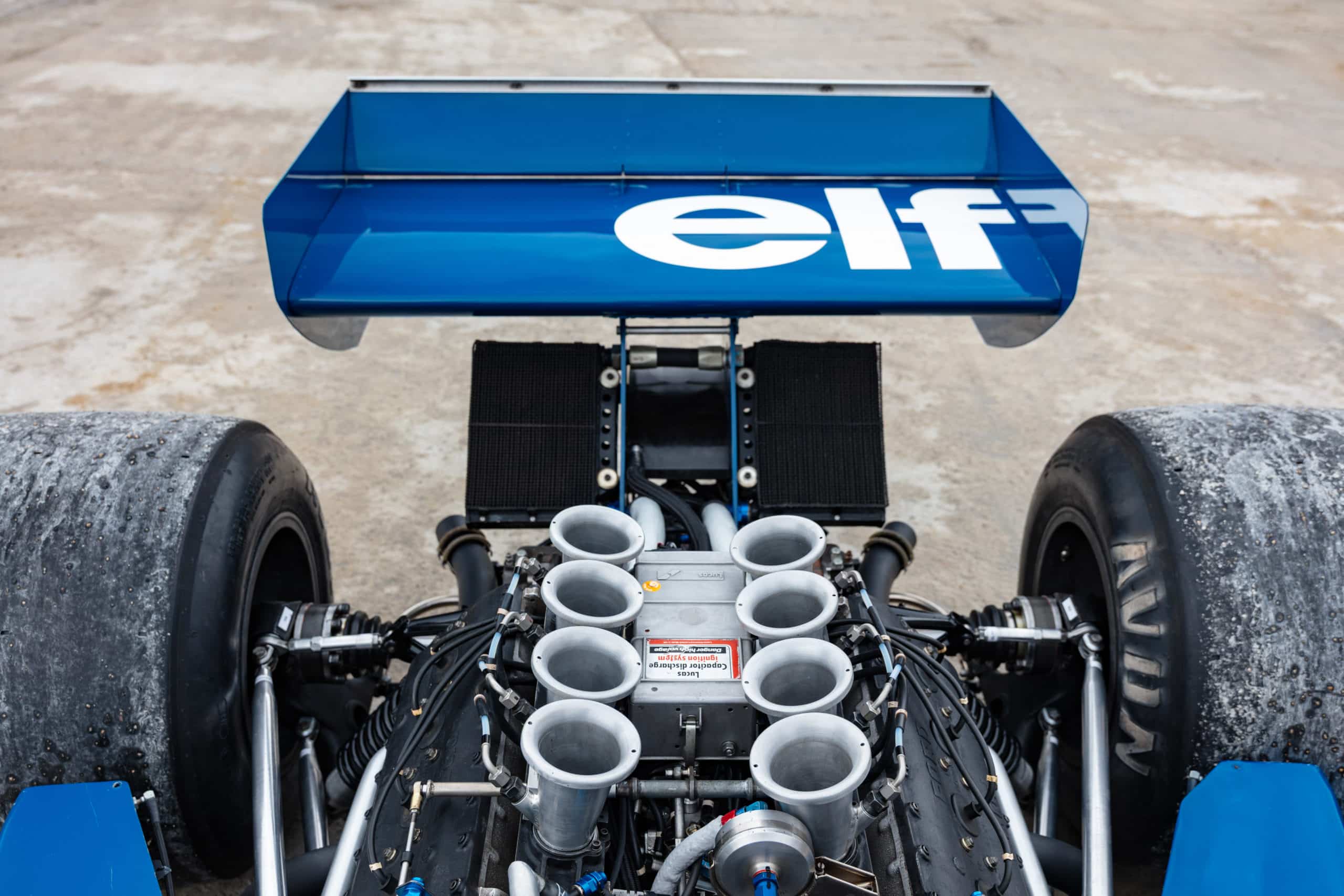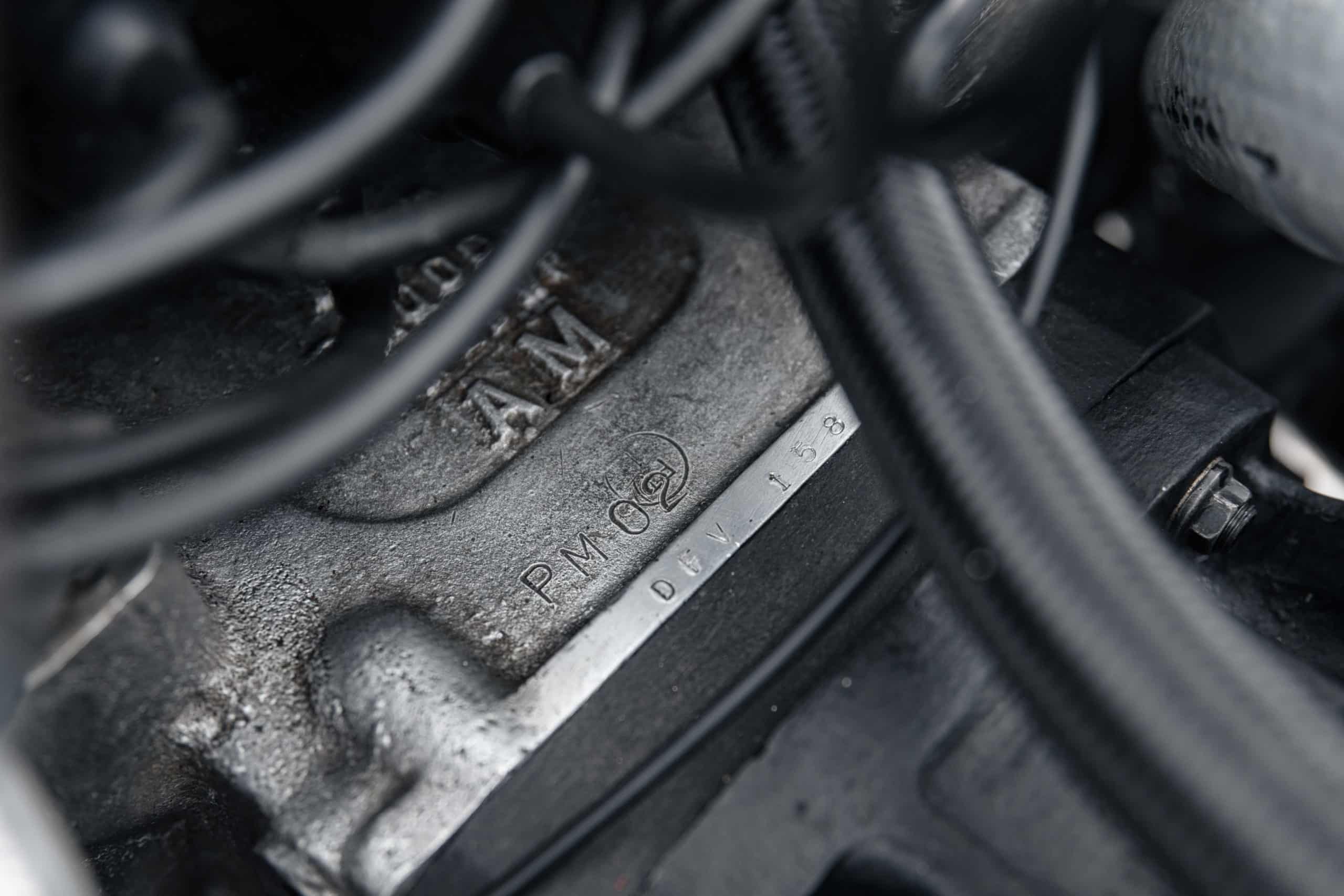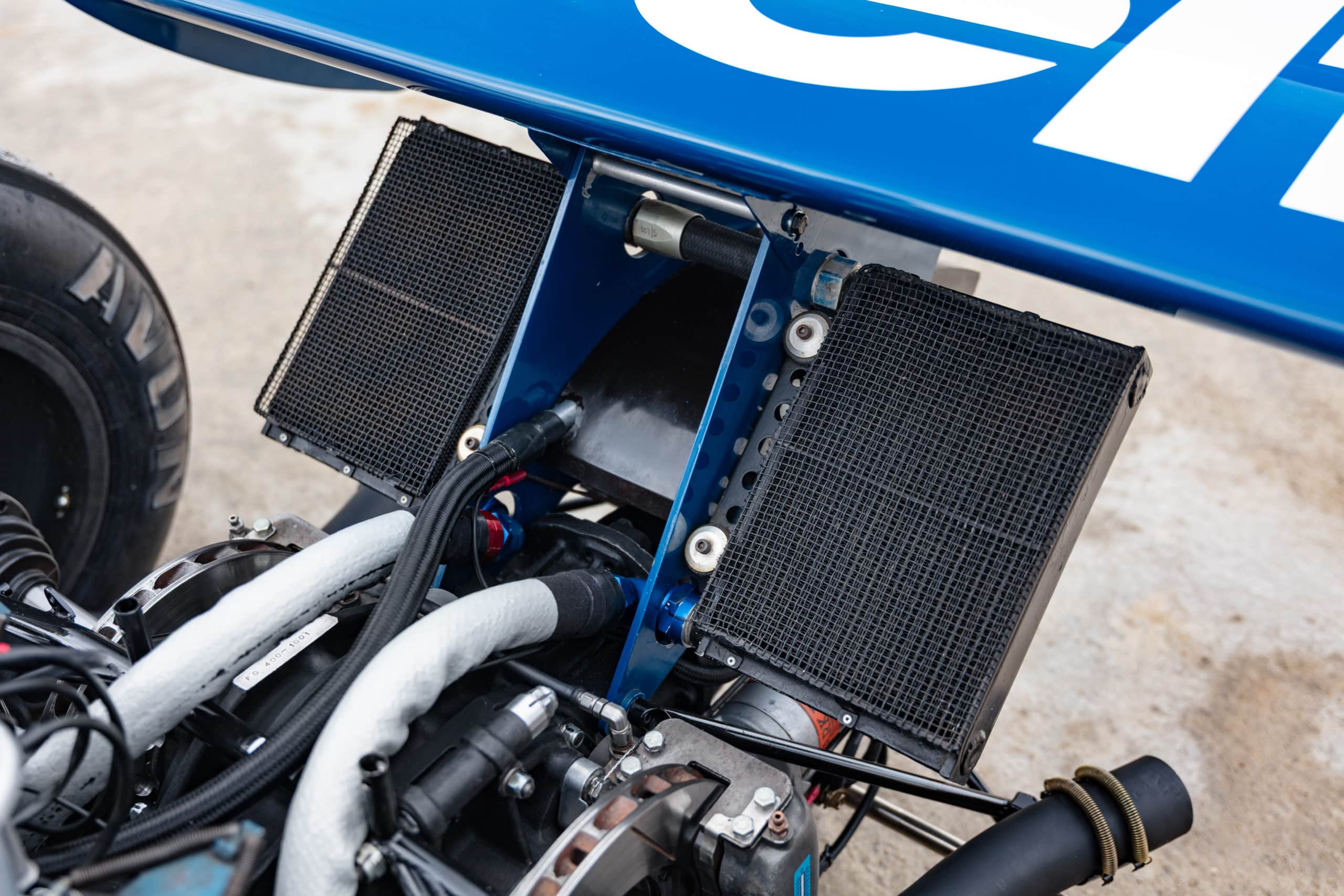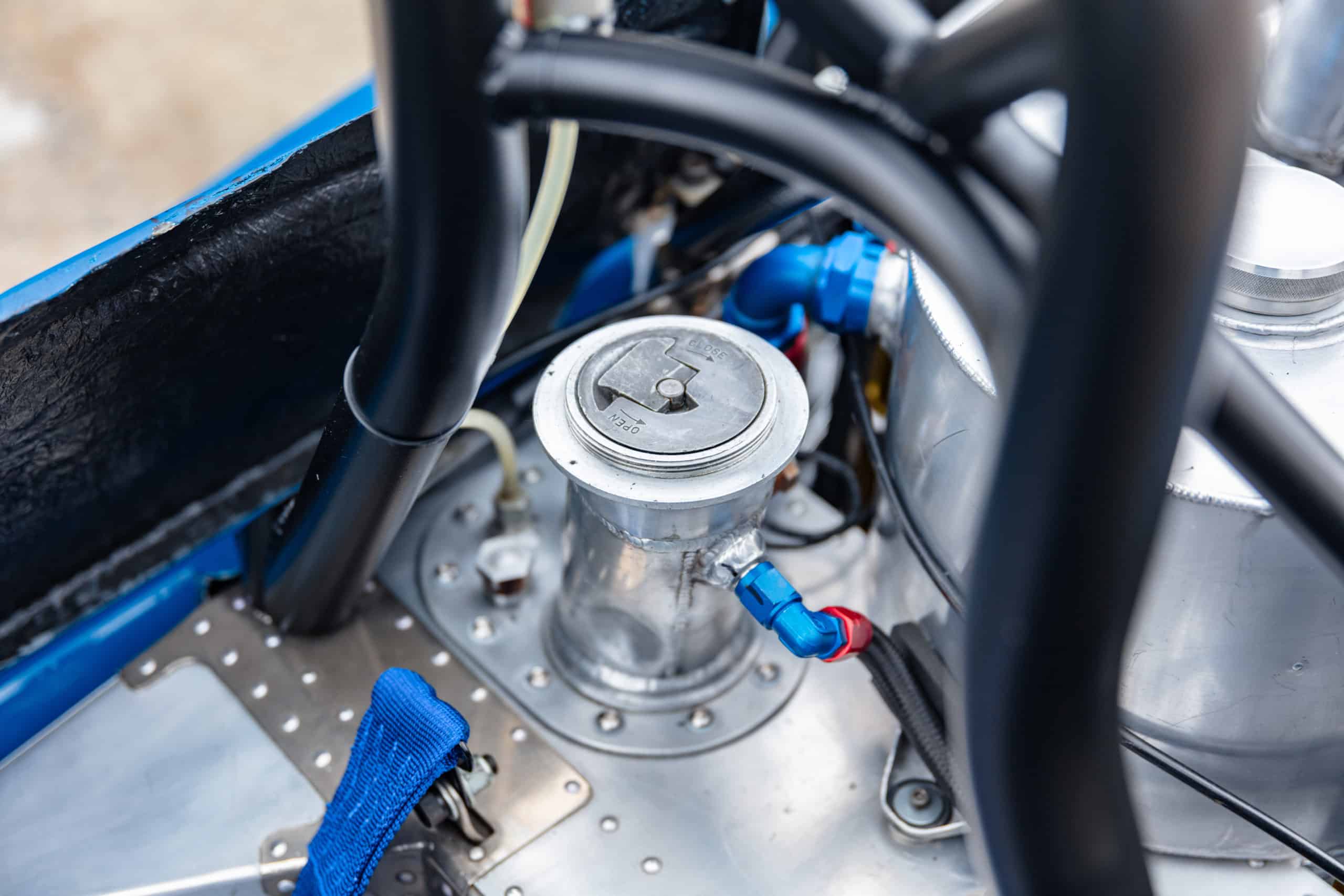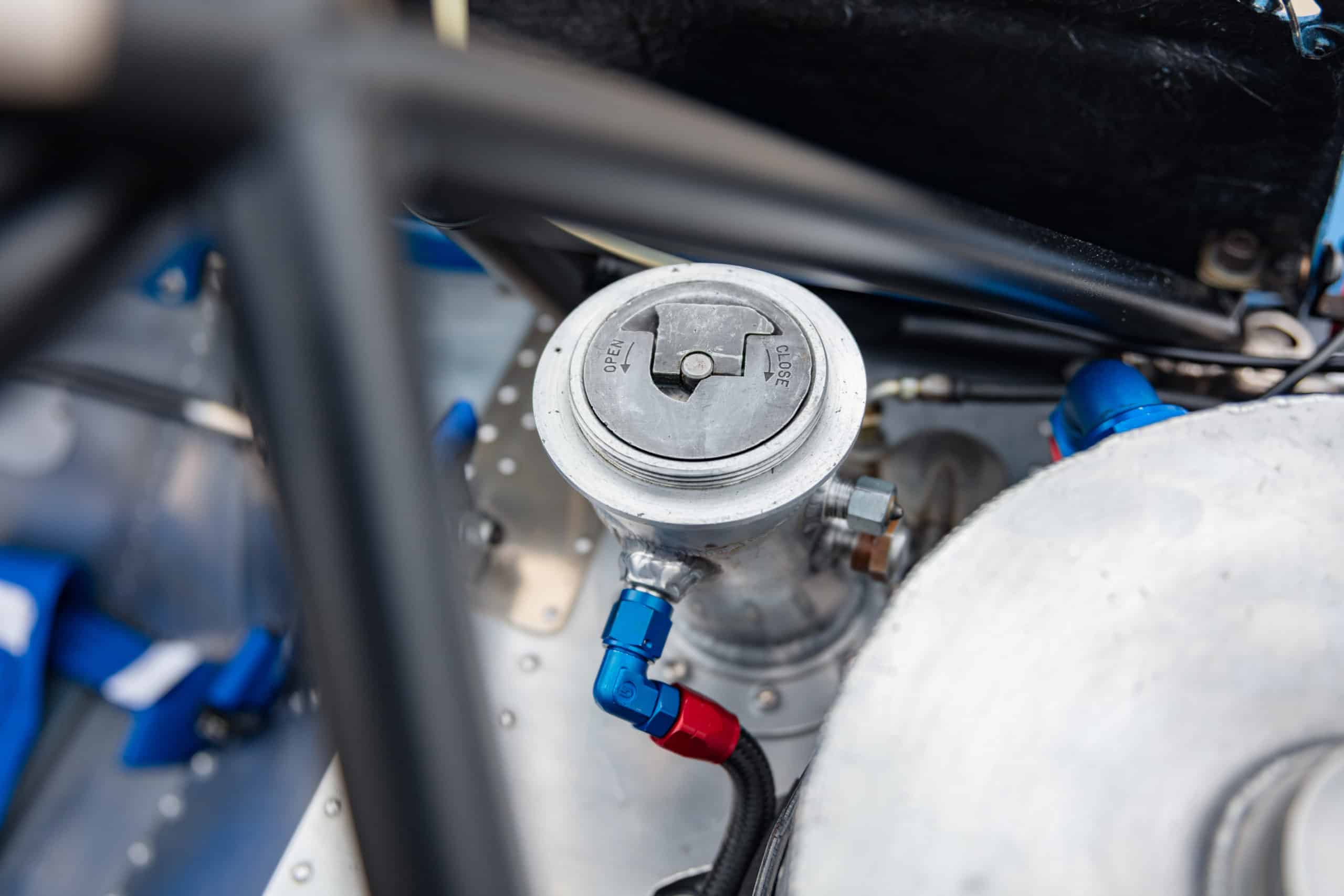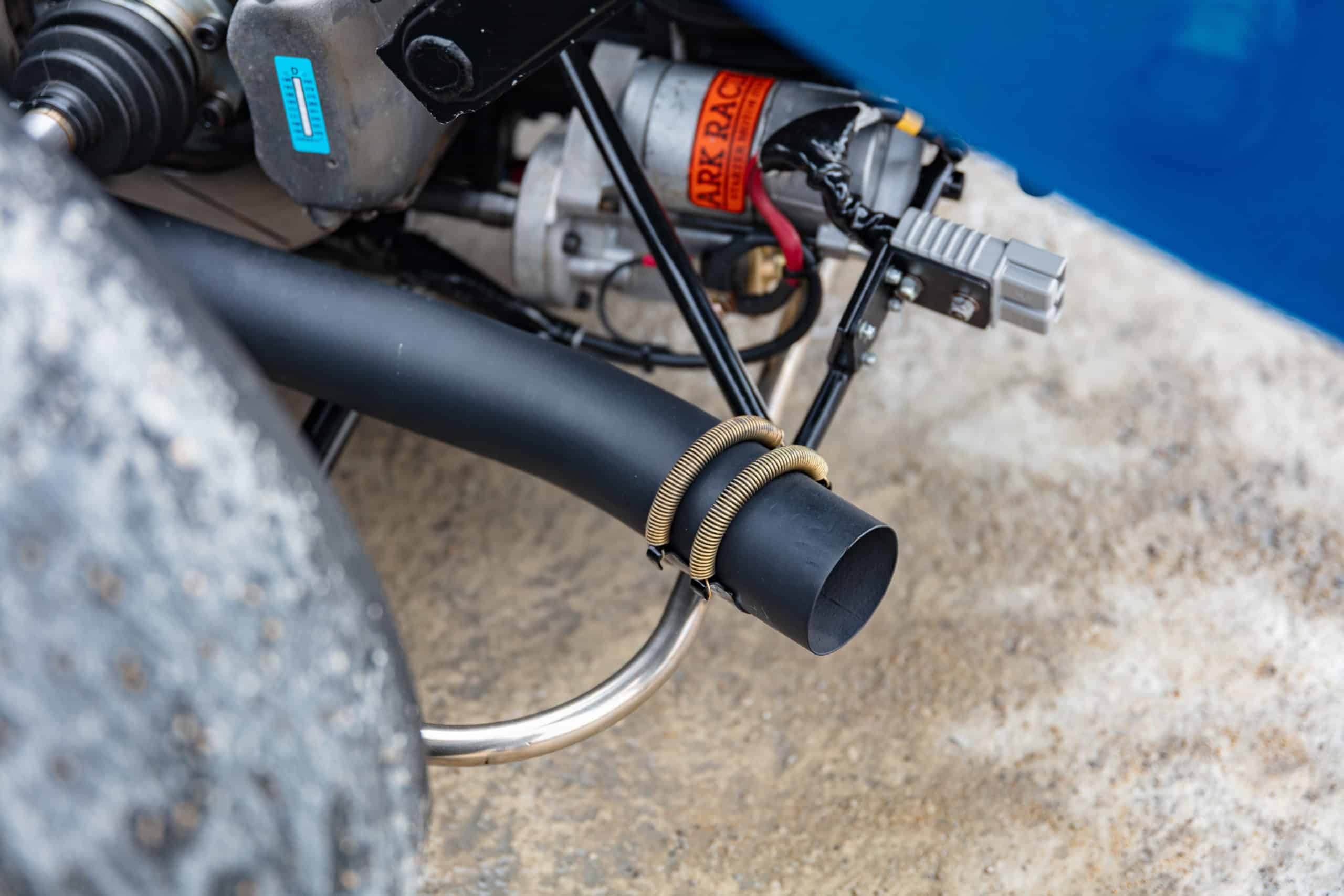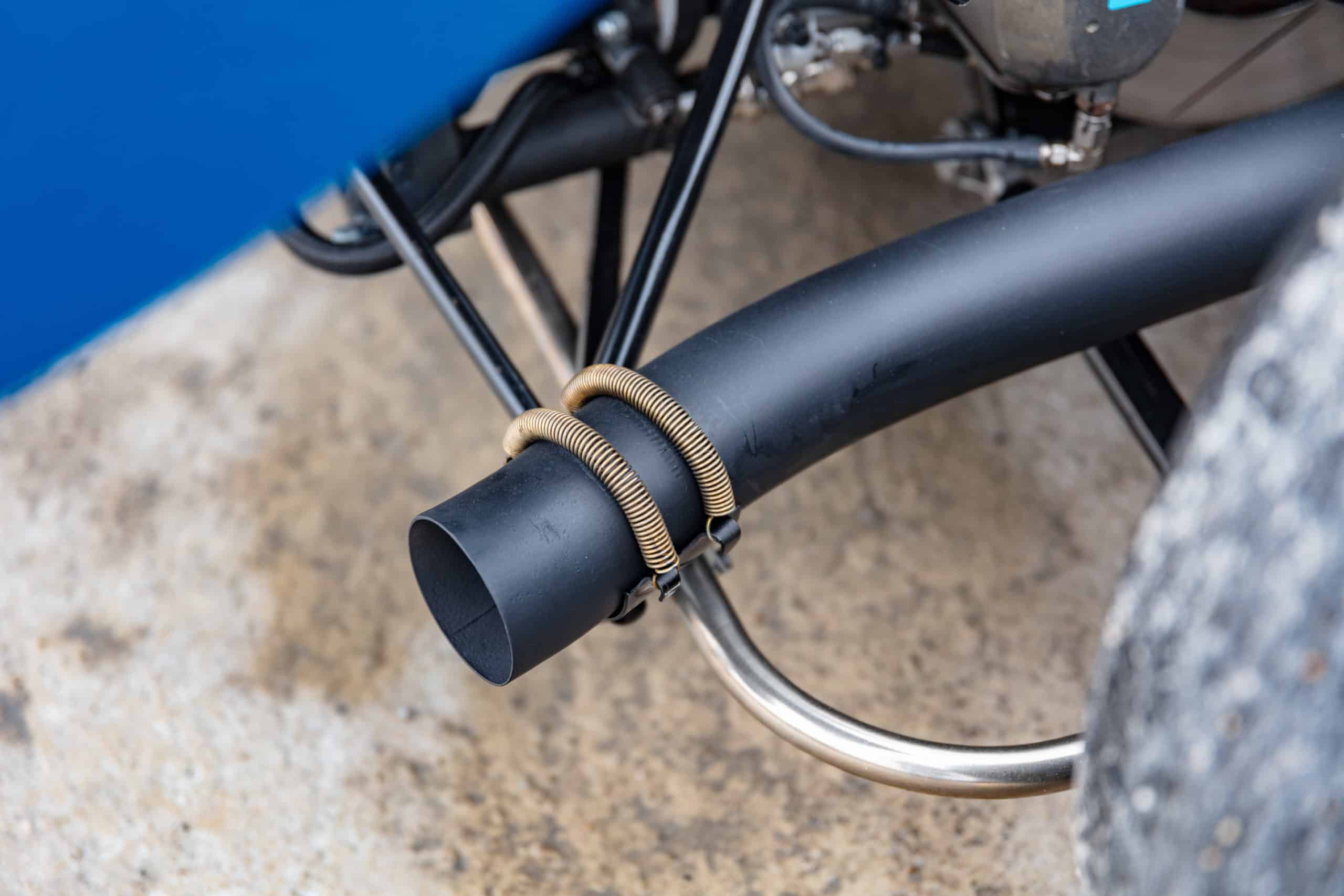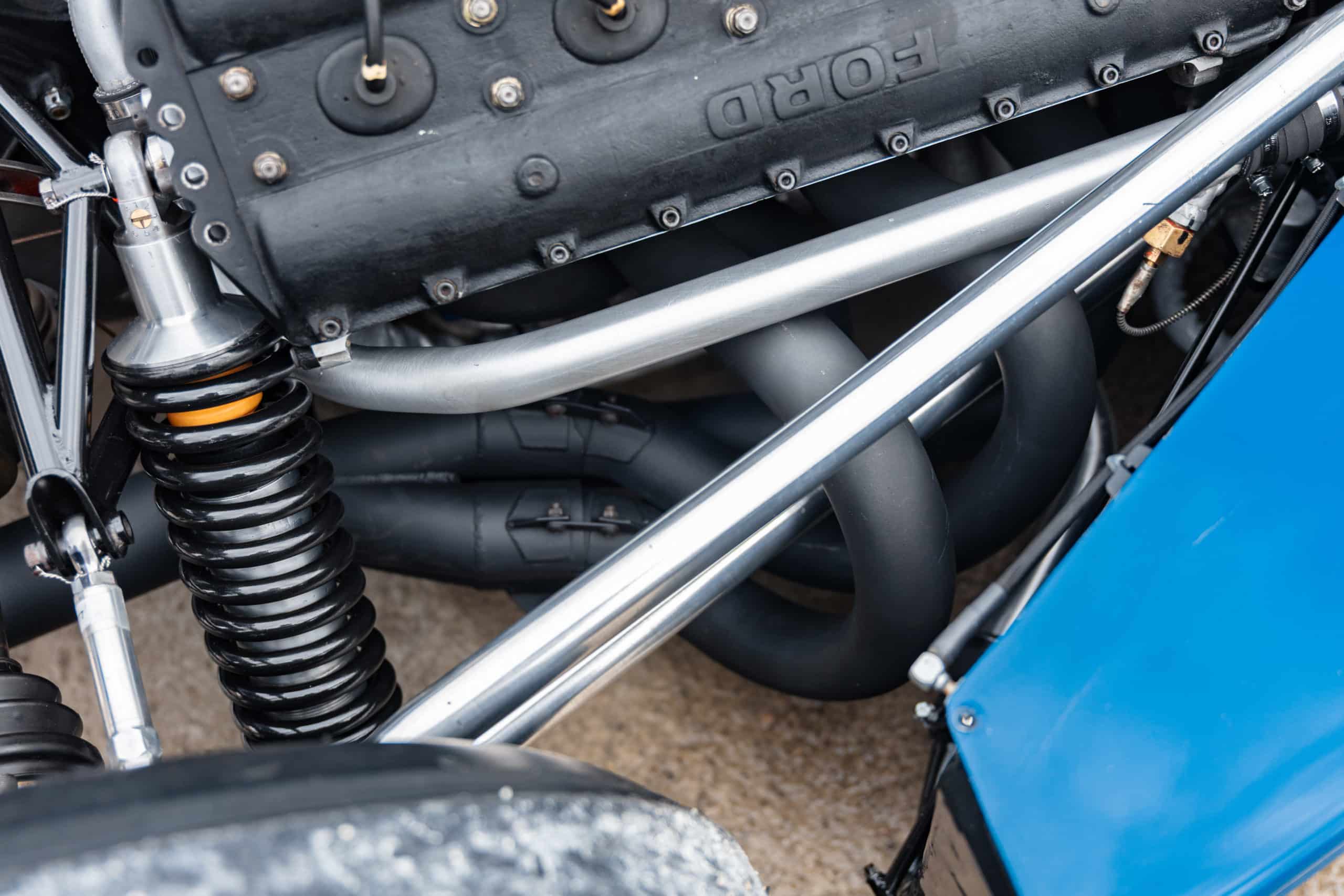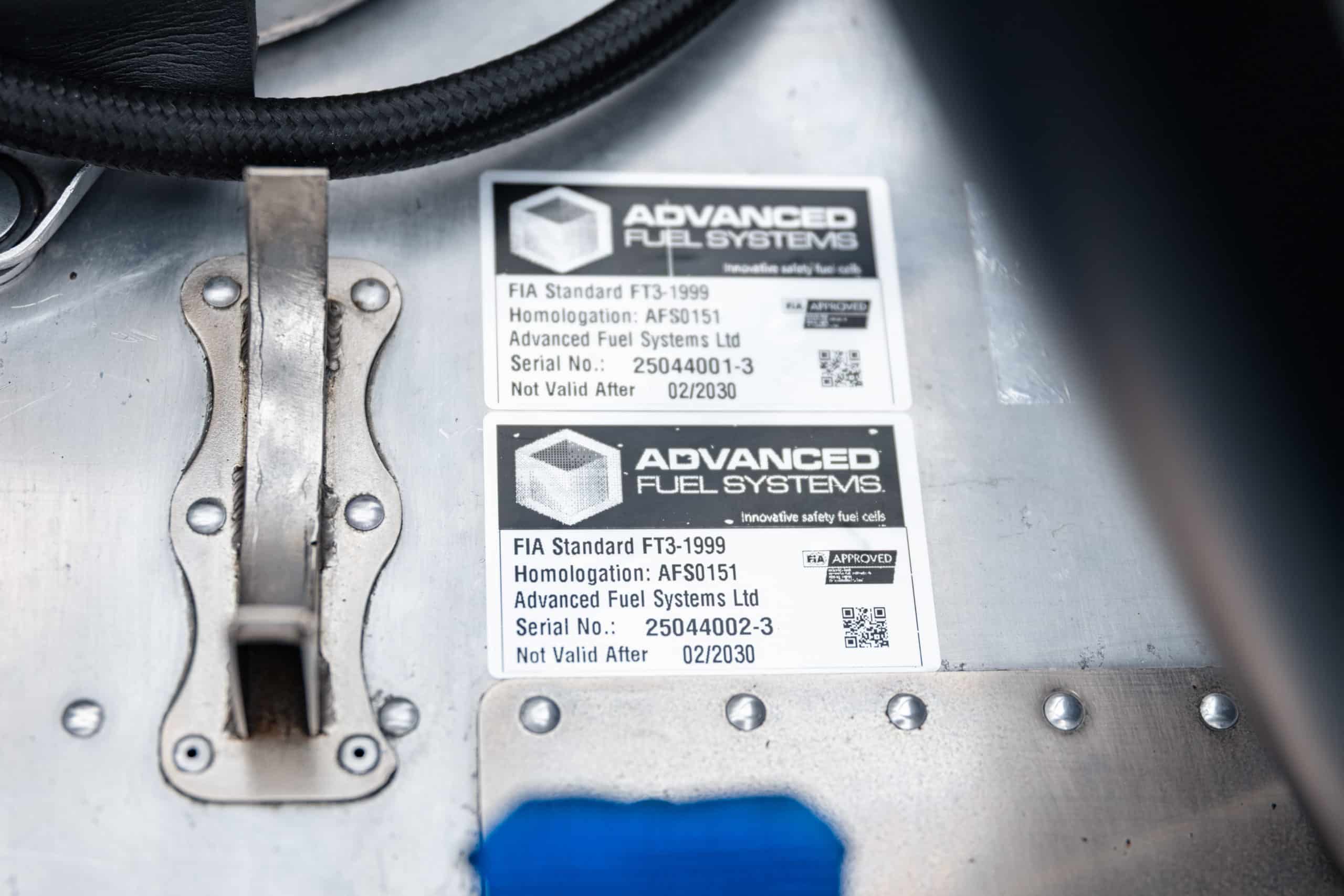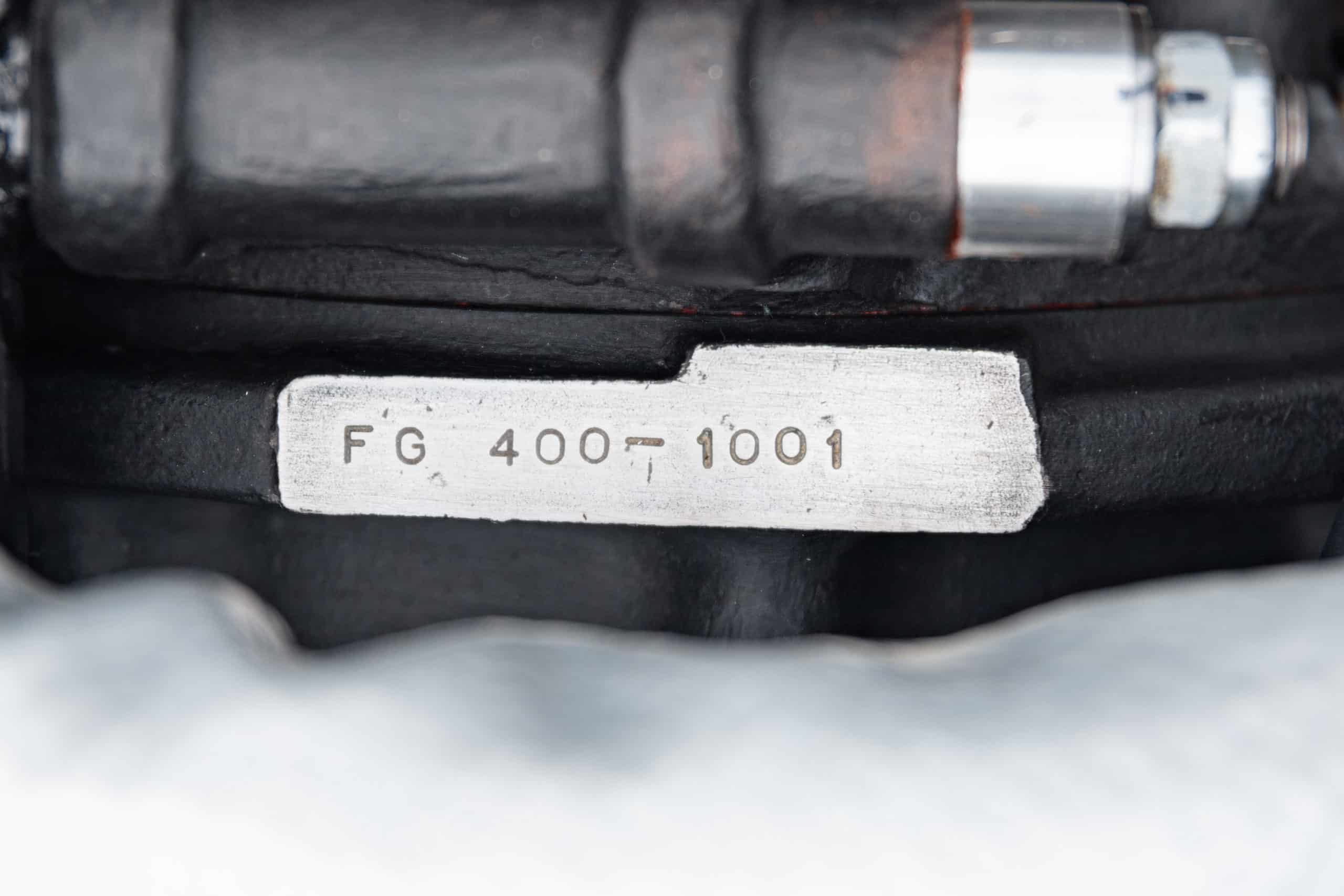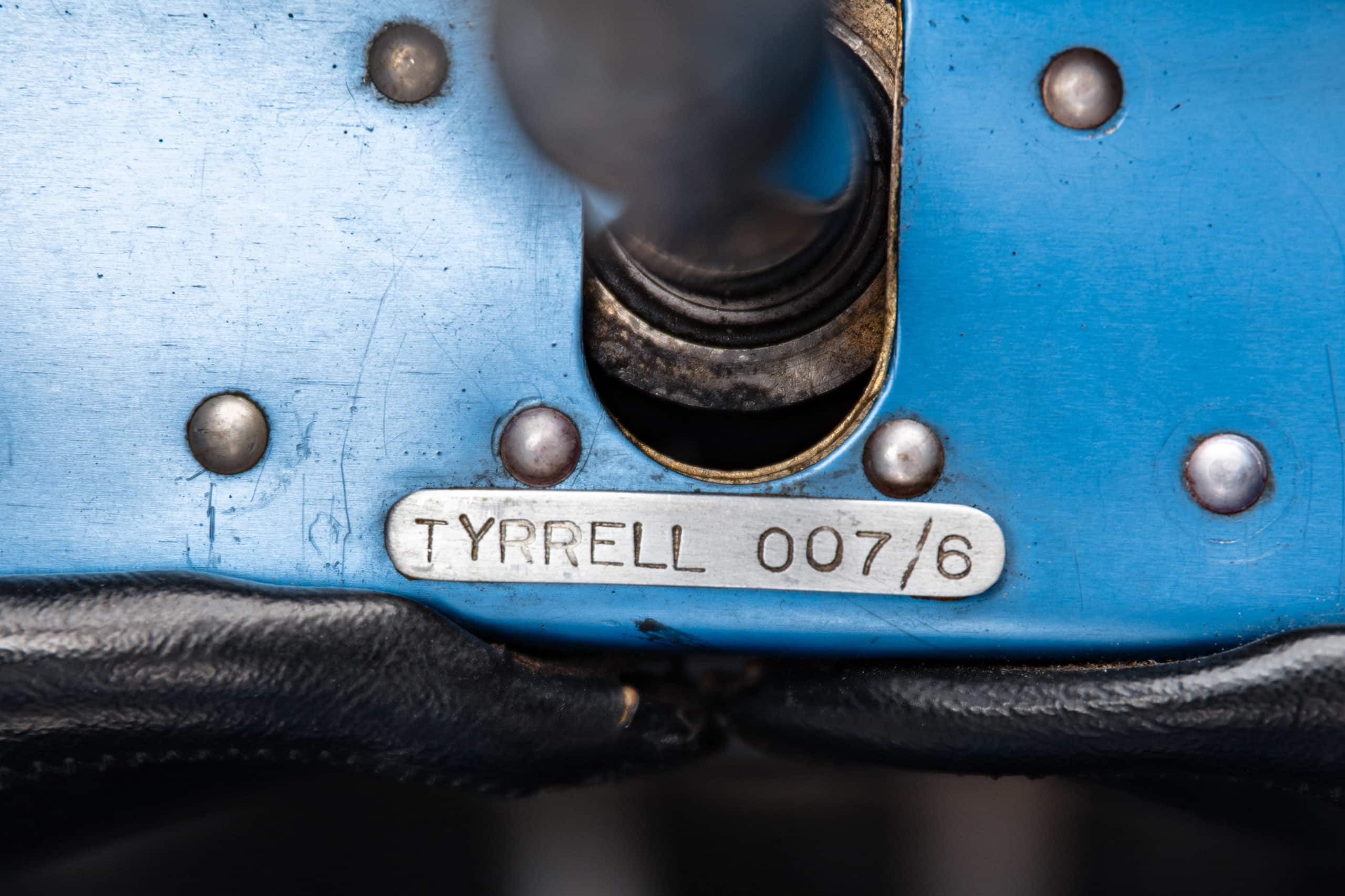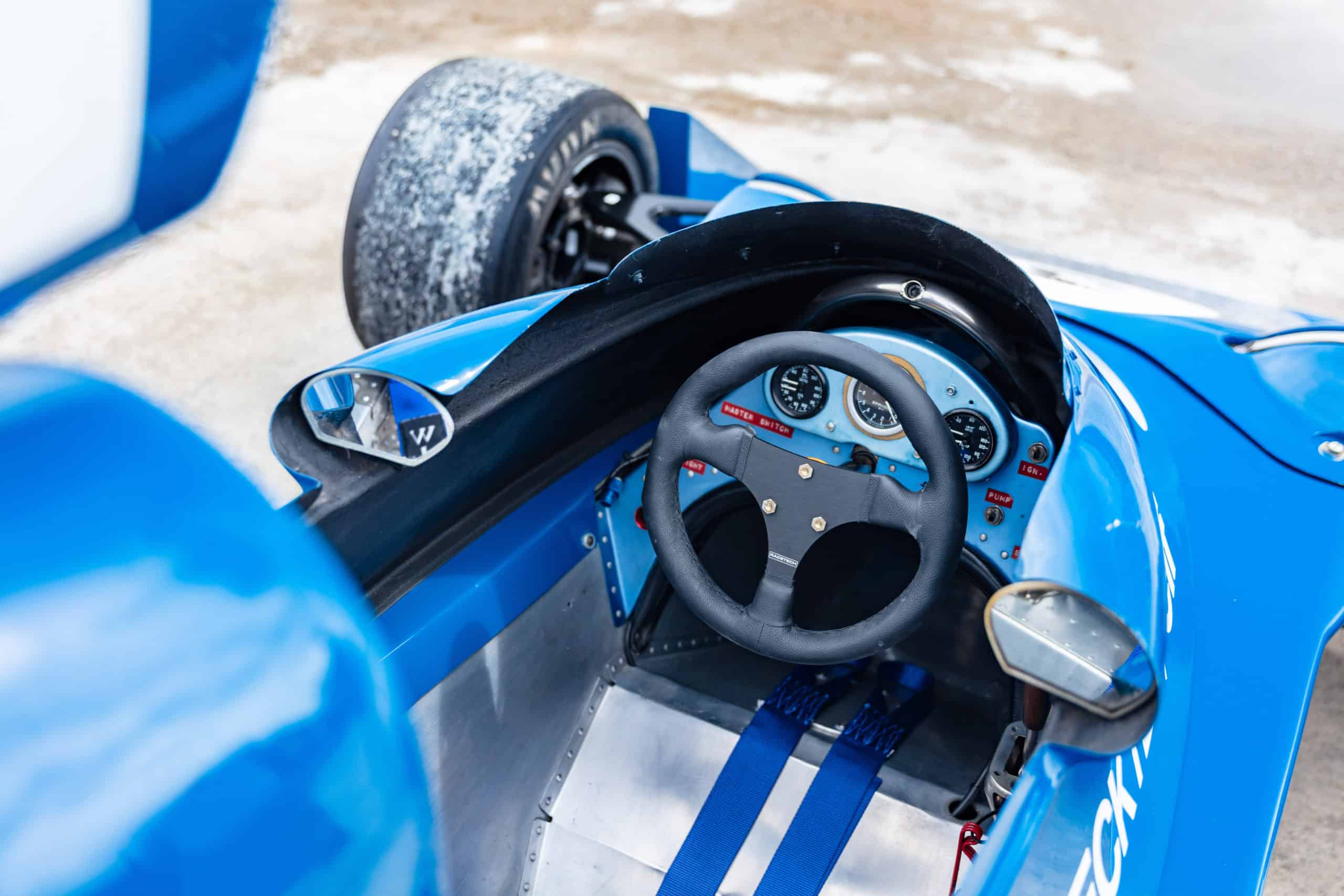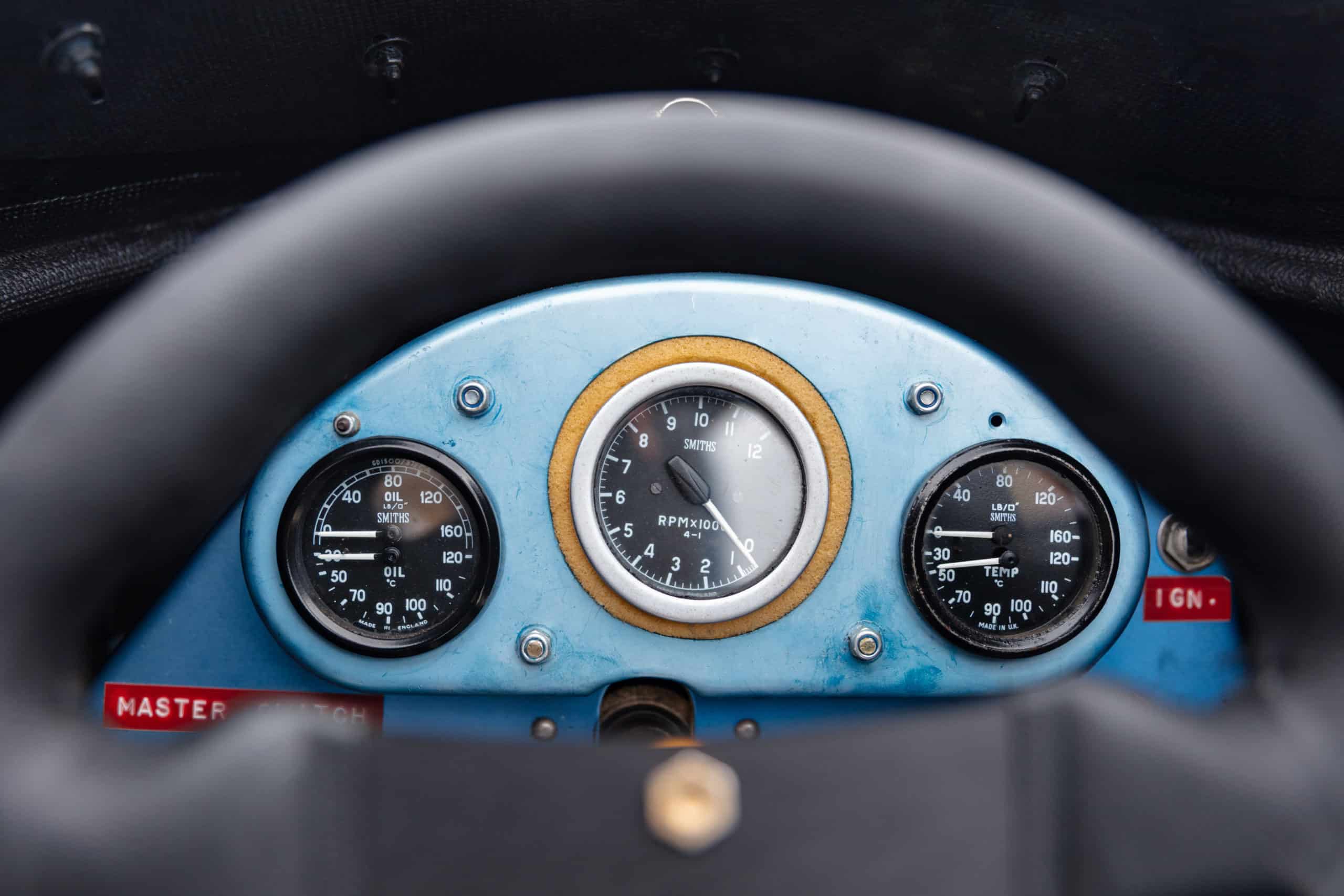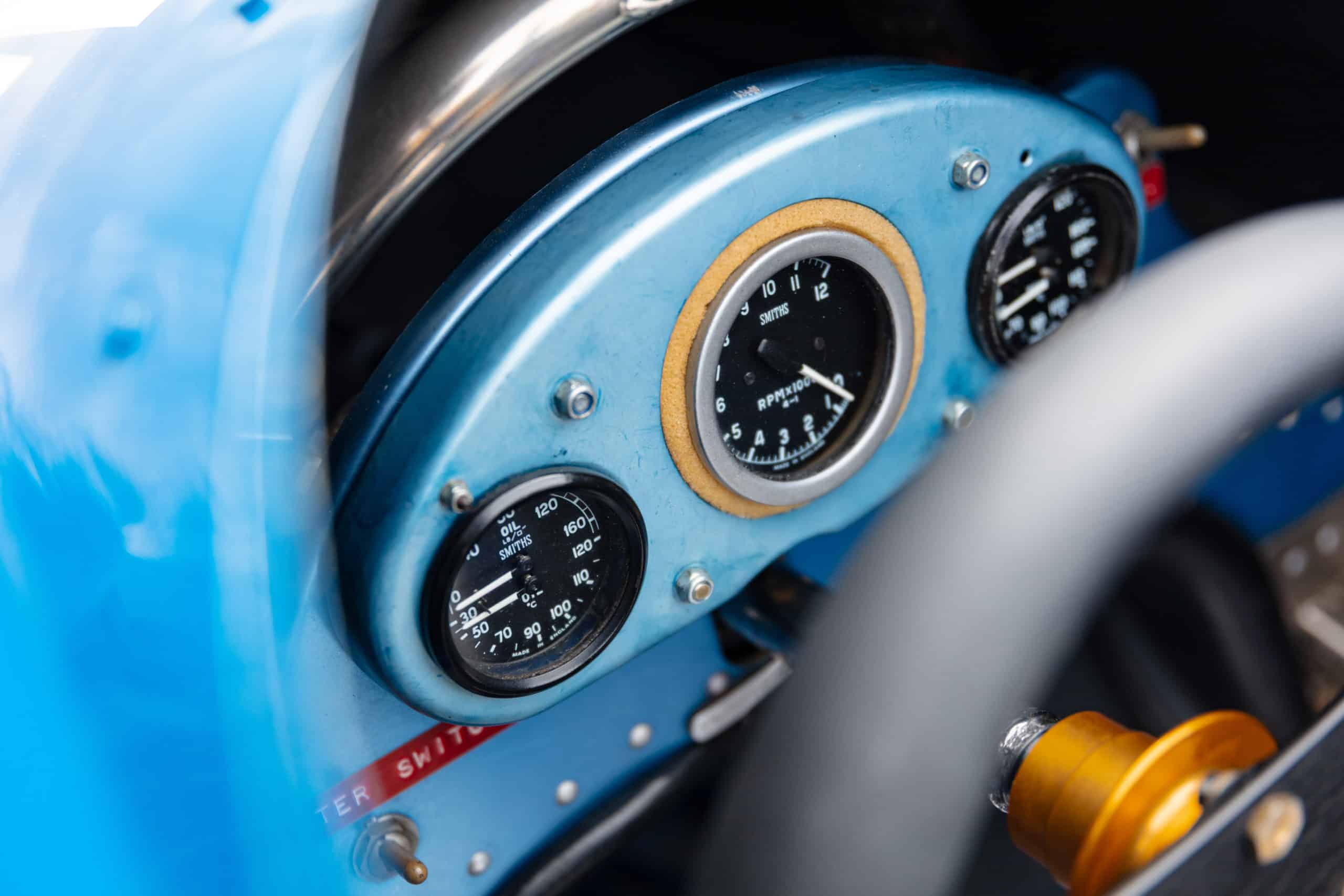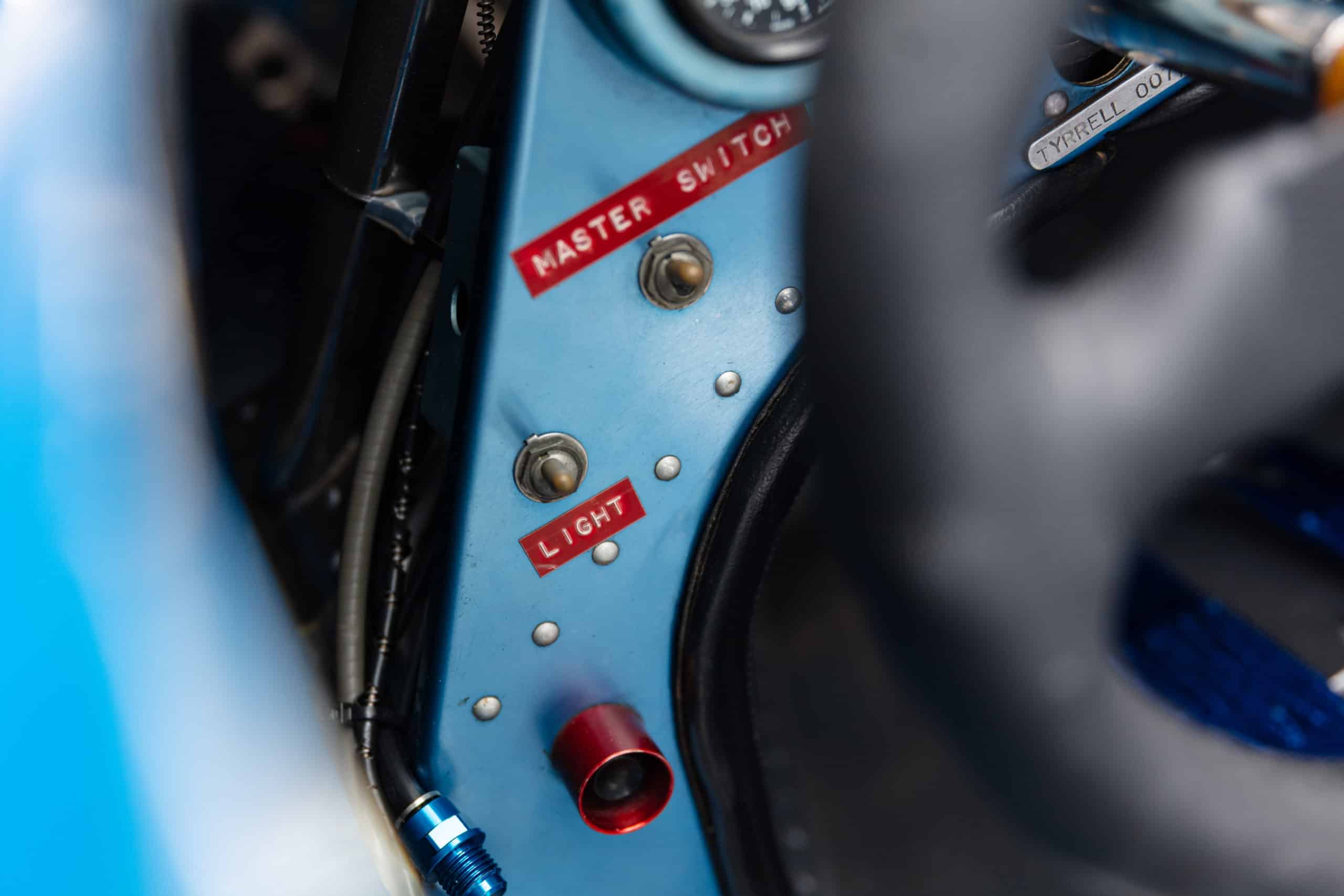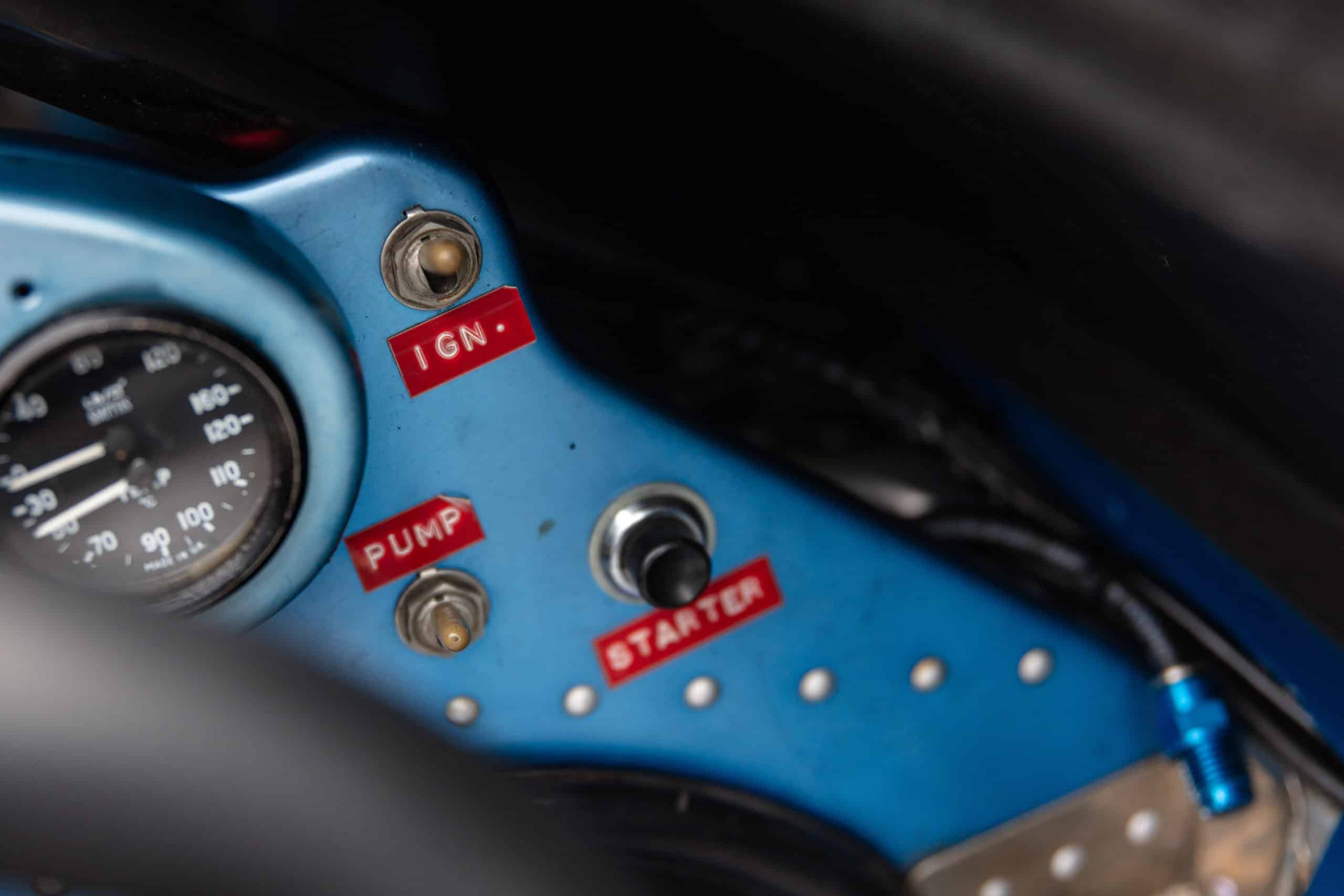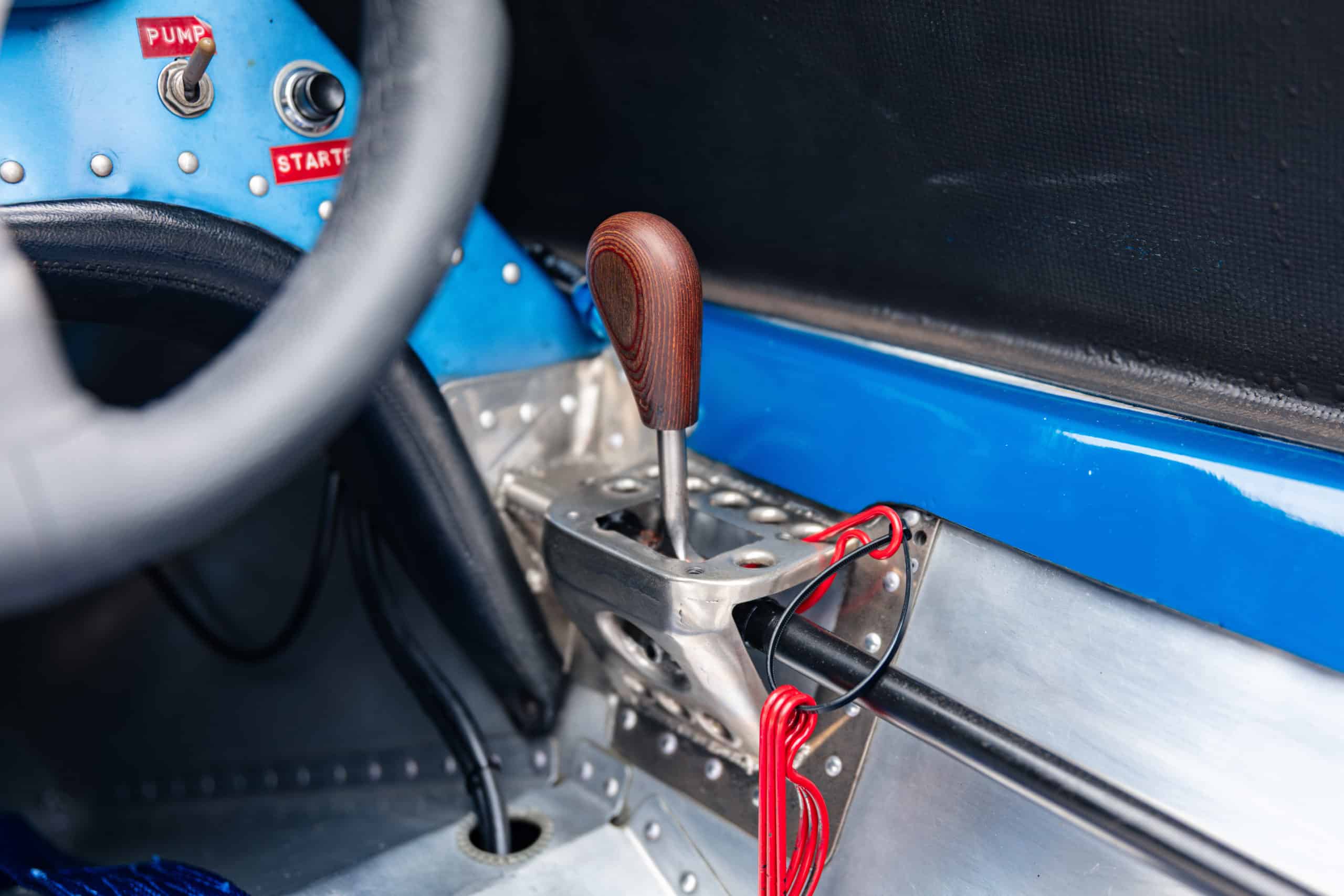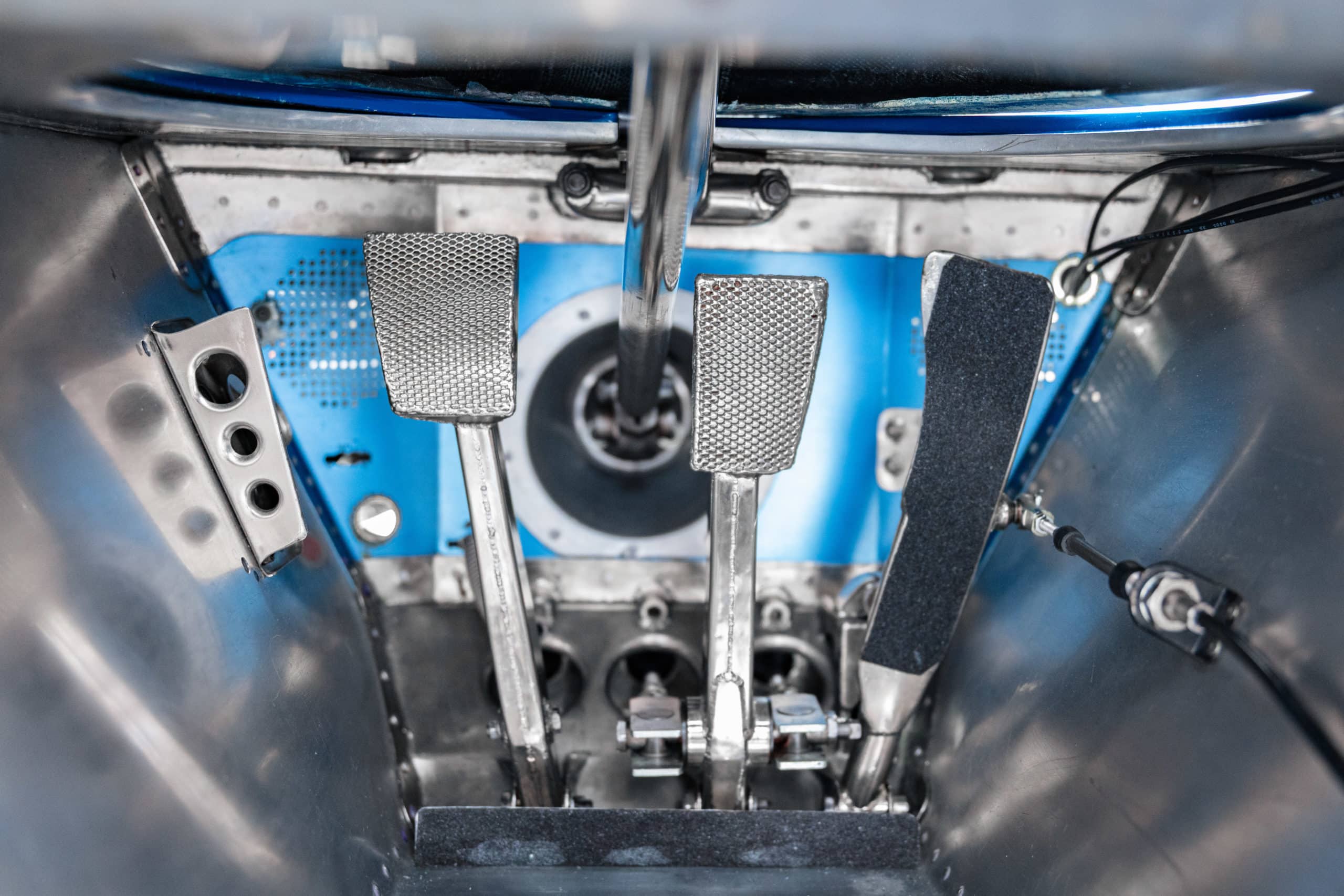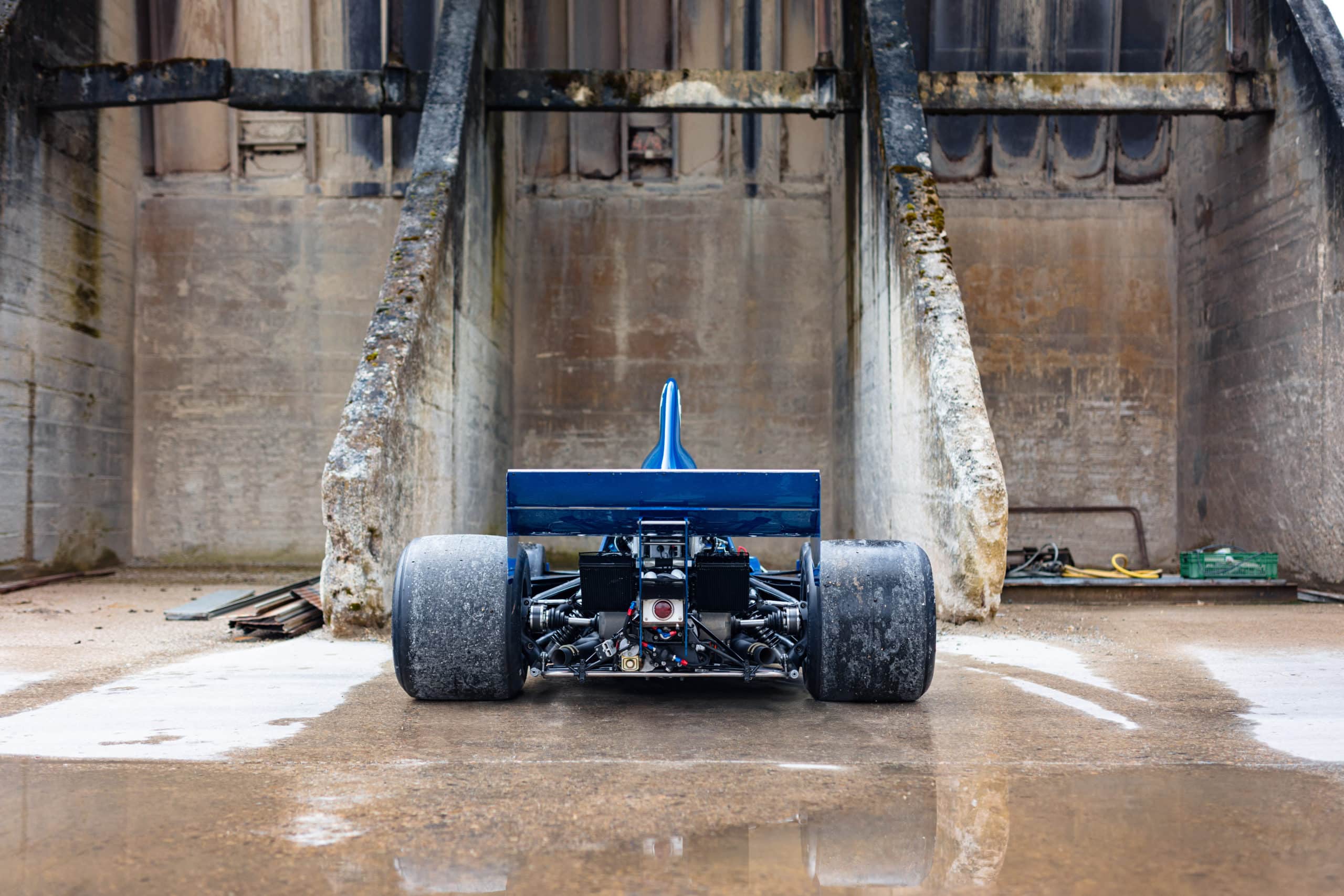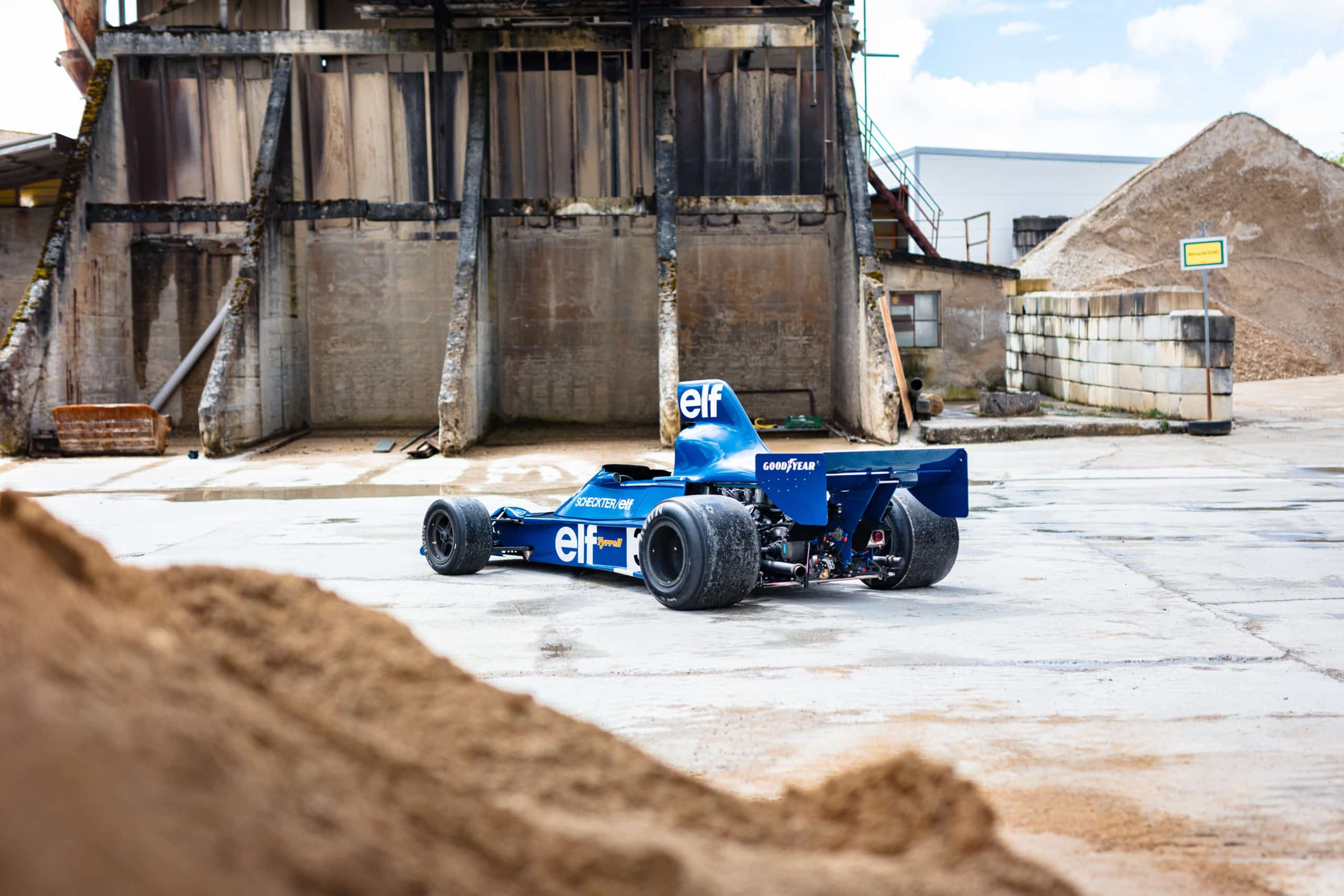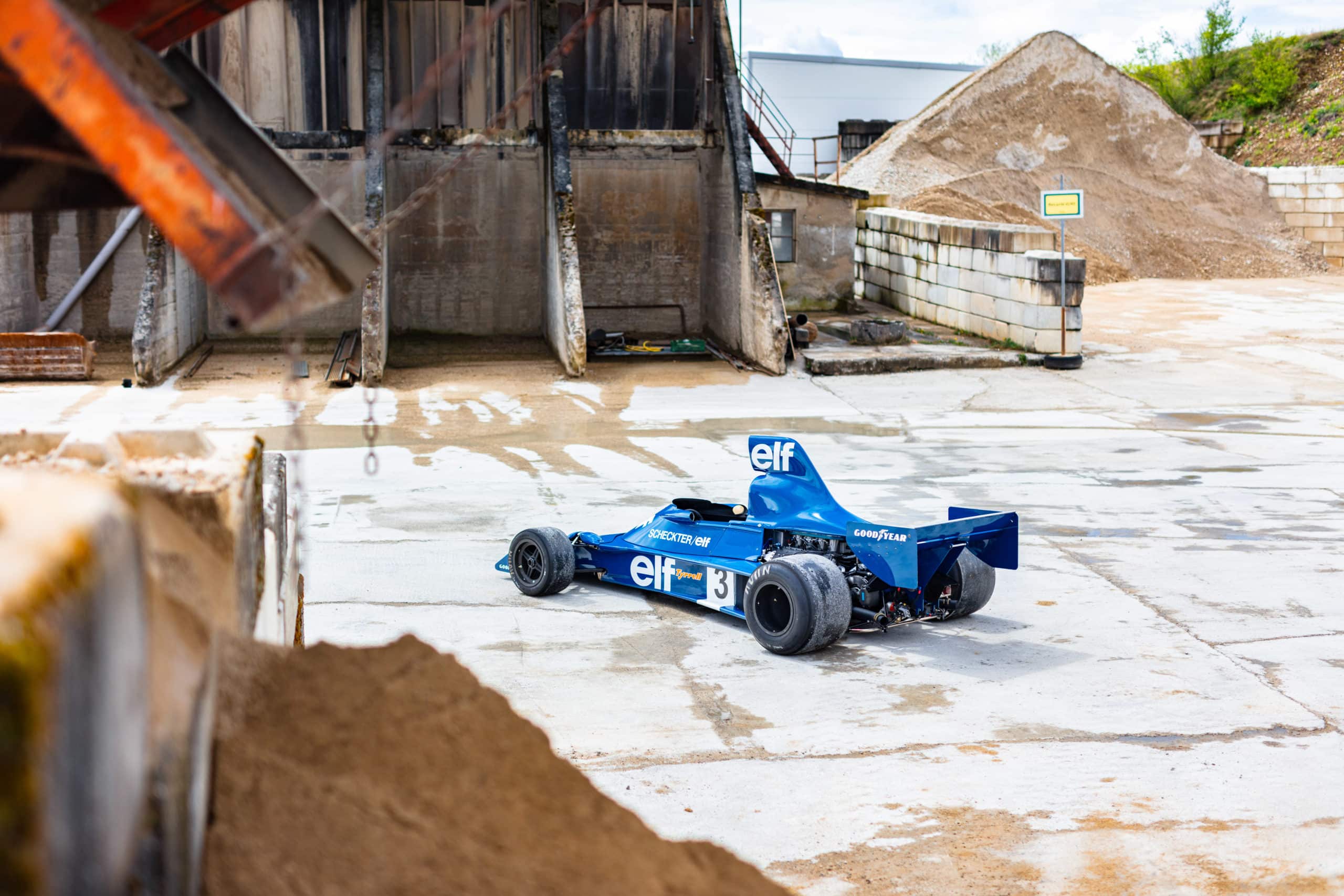TYRRELL
TYRRELL
007
6
6
Tyrrell 007 Chassis 007/6 — Full Story of a Grand Prix Icon
In the rich lineage of Formula One history, few cars carry the heritage, results, and iconic presence of the Tyrrell 007. Among them, Tyrrell 007 chassis 007/6 stands out as a key piece of motorsport history. From Jody Scheckter’s points-scoring performances in 1975 to its later life under Otto Stuppacher, this Tyrrell 007 played a defining role in an era of innovation, rain-soaked chaos, and DFV-powered grit.
The Legacy of the Tyrrell 007
The Tyrrell 007 was introduced in 1974 as the next evolution of Ken Tyrrell’s championship-winning blueprint. Designed by Derek Gardner, the Tyrrell 007 followed on from the legendary 006 that powered Jackie Stewart to a world title. With its Cosworth DFV engine and minimalist aluminium monocoque, the Tyrrell 007 was a weapon for three full F1 seasons—1974, 1975, and into 1976.
1975: The Year of the Tyrrell 007’s Grit
While Ferrari and Niki Lauda dominated the 1975 Formula One World Championship, the Tyrrell 007 remained a competitive and capable challenger. It brought Tyrrell fifth place in the Constructors’ standings with multiple top-5 finishes. In particular, Tyrrell 007 chassis 007/6 delivered a dramatic third-place podium for Jody Scheckter at the infamous 1975 British Grand Prix, which ended in chaos after a rainstorm caused multiple retirements.
That day at Silverstone remains one of the defining moments in Tyrrell 007 history.
Technical Philosophy Behind the Tyrrell 007
The Tyrrell 007 featured a low-drag aluminium monocoque, pushrod inboard suspension, all-inboard brakes, and ultra-compact packaging around the Ford Cosworth DFV V8. It was designed to be nimble, reactive, and stable over uneven tracks like the Nordschleife or Brands Hatch. The Tyrrell 007 wasn’t just an evolution of Gardner’s 006—it was the ultimate execution of the Cosworth era’s balance of simplicity and speed.
Chassis 007/6 — Race-by-Race Highlights
Chassis 007/6 debuted at the 1975 French Grand Prix and became Jody Scheckter’s primary race car for the rest of the season. It scored:
-
3rd at the British GP (Silverstone)
-
6th at the United States GP (Watkins Glen)
-
8th at Austria and Monza
-
A non-championship 3rd at the International Trophy in 1976
These results helped the Tyrrell 007 remain relevant during a season where aerodynamic and suspension development was rapidly evolving.
What Makes Tyrrell 007/6 Special?
Unlike most cars from the 1970s, this specific Tyrrell 007 chassis—007/6—had both team factory success and privateer folklore. After its works career, it was sold to Otto Stuppacher, who attempted to enter it in three Grands Prix in 1976. Though he failed to qualify, his efforts added a curious footnote to the car’s story. No other Tyrrell 007has a narrative quite like chassis 007/6.
Who Drove Tyrrell 007/6?
-
Jody Scheckter — full race season in 1975 and early 1976
-
Otto Stuppacher — entered three GPs in late 1976
No other Tyrrell 007 chassis was used in such a broad spectrum of racing—from works driver podiums to quirky privateer entries.
The Tyrrell 007 in Historic Motorsport
Today, the Tyrrell 007 is a favorite in Masters Historic Formula One, Goodwood demonstrations, and private collections. It remains eligible for major vintage F1 events, and chassis 007/6, in particular, is revered for its provenance and documented competition history.
Collectors value the Tyrrell 007 for its mechanical purity, race-ready engineering, and the role it played during a pivotal time in Grand Prix history. Owning a Tyrrell 007 is more than owning a car—it’s owning a piece of motorsport DNA.
